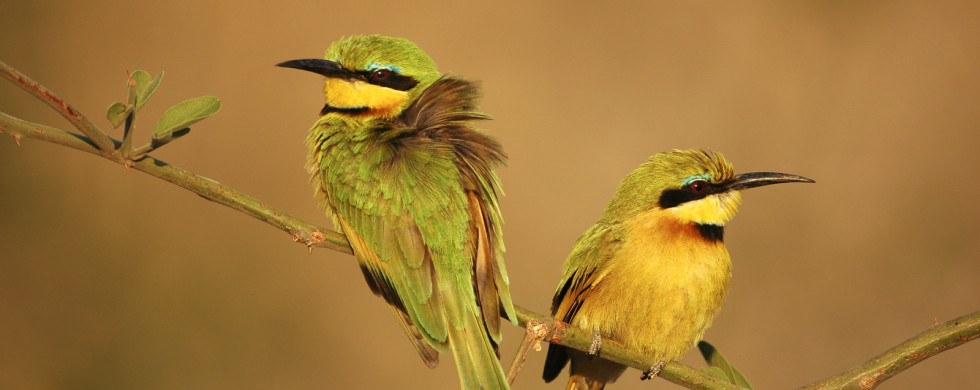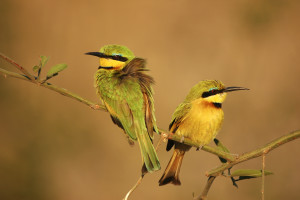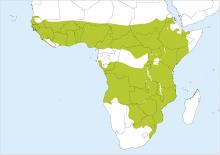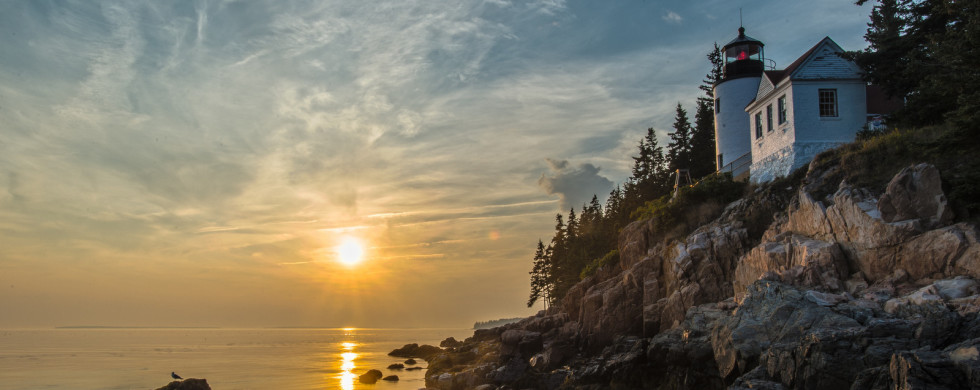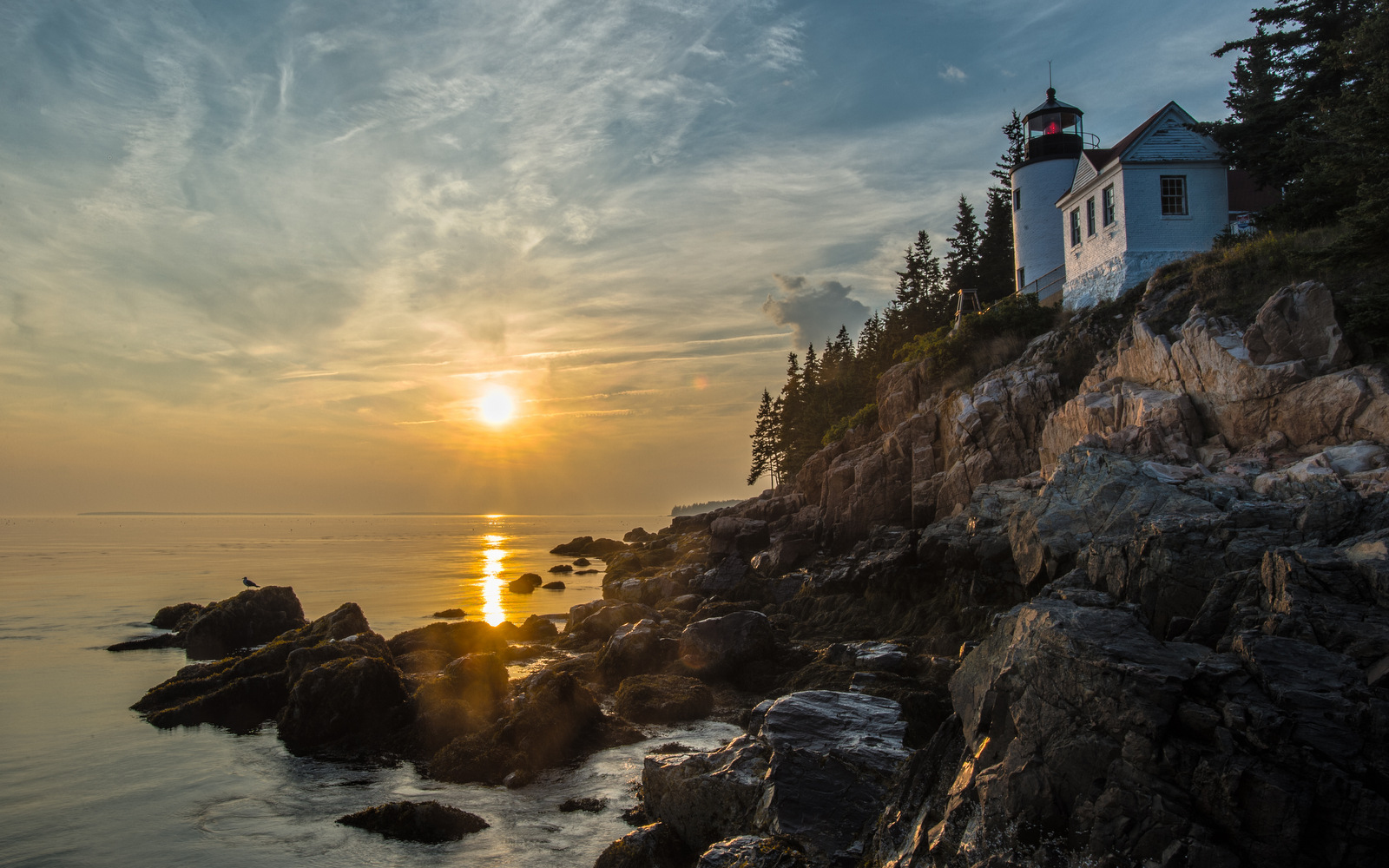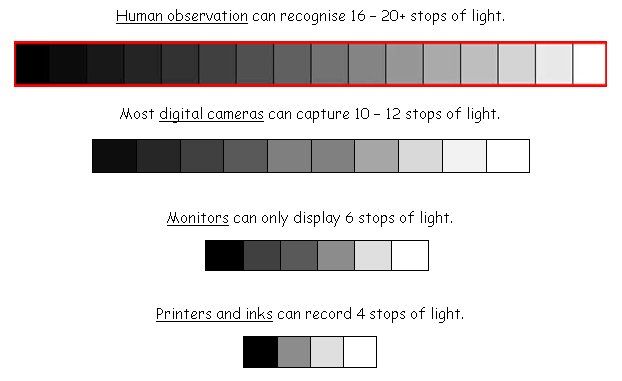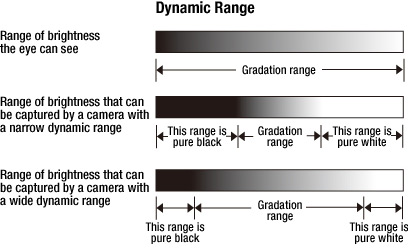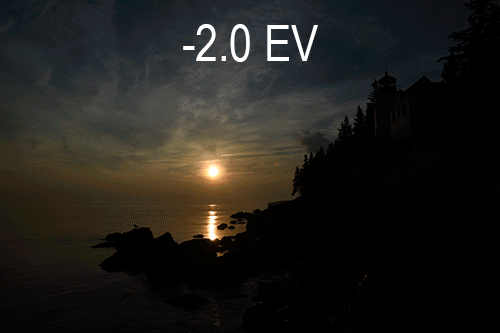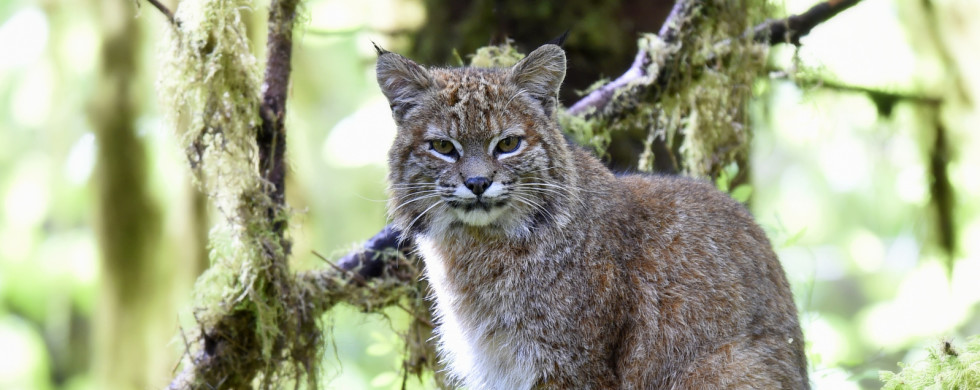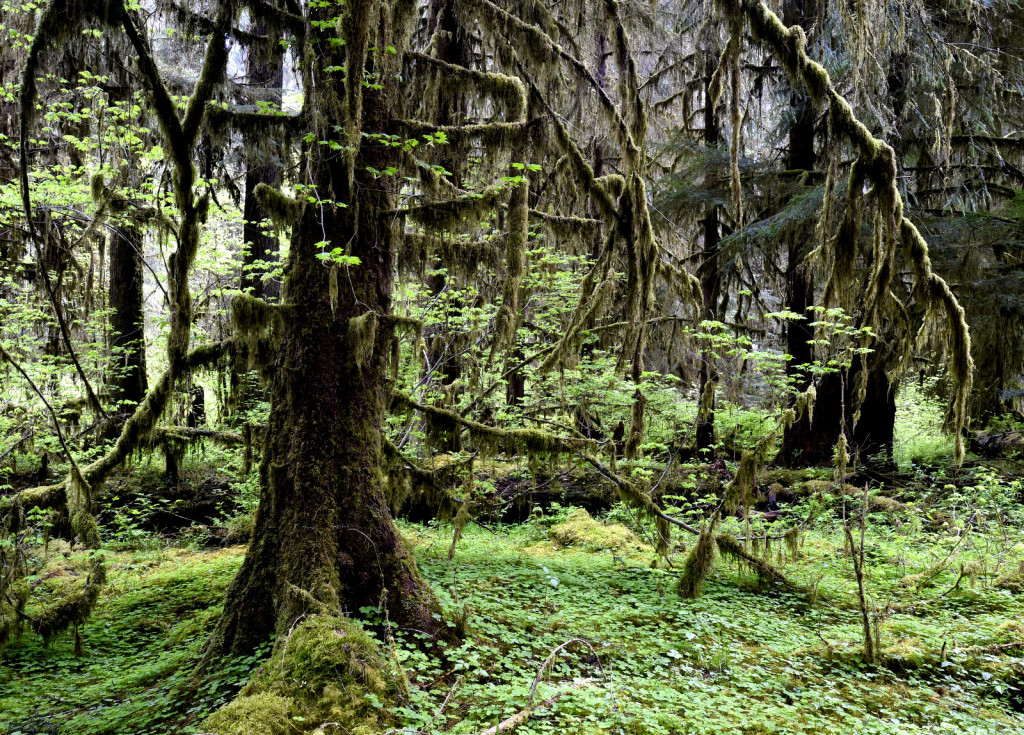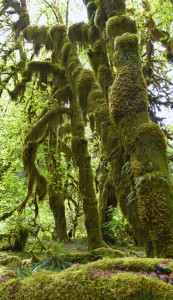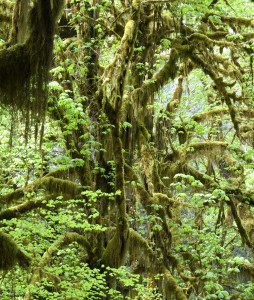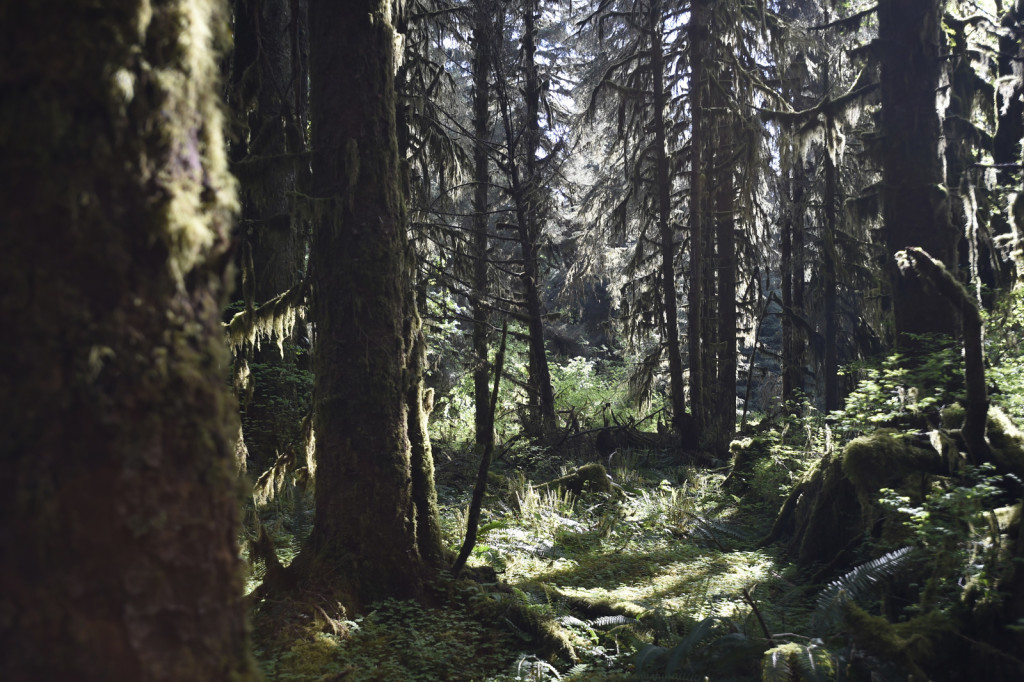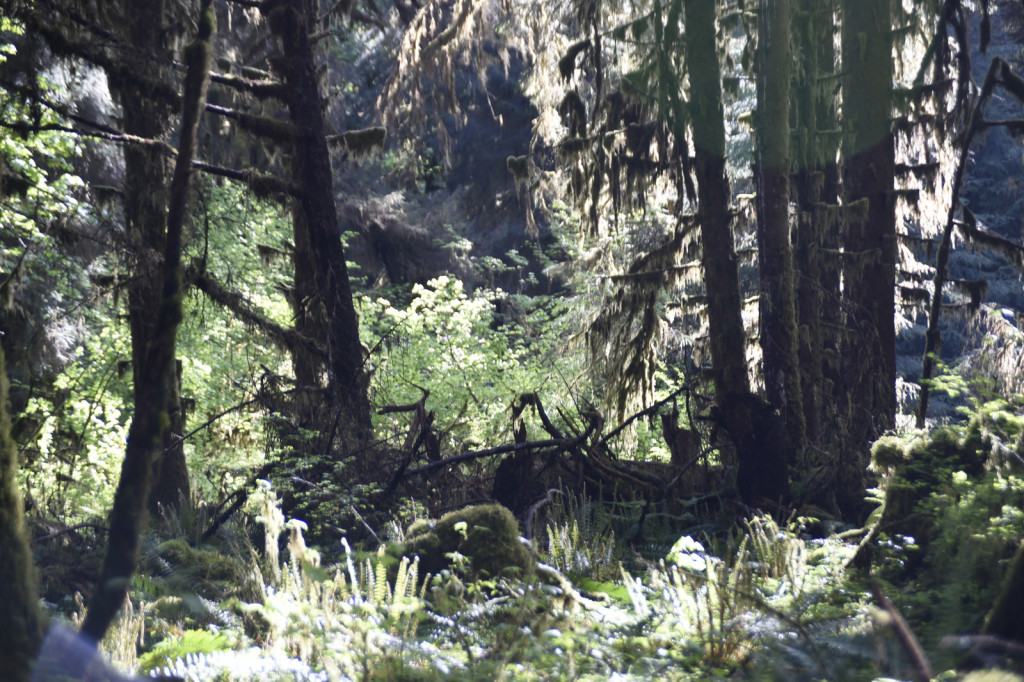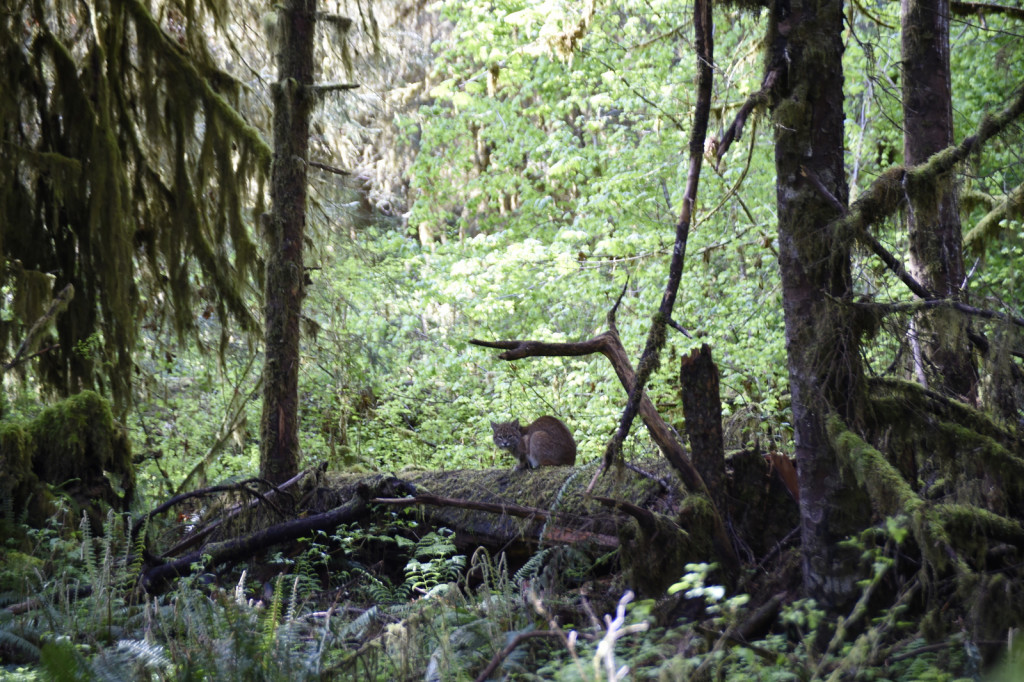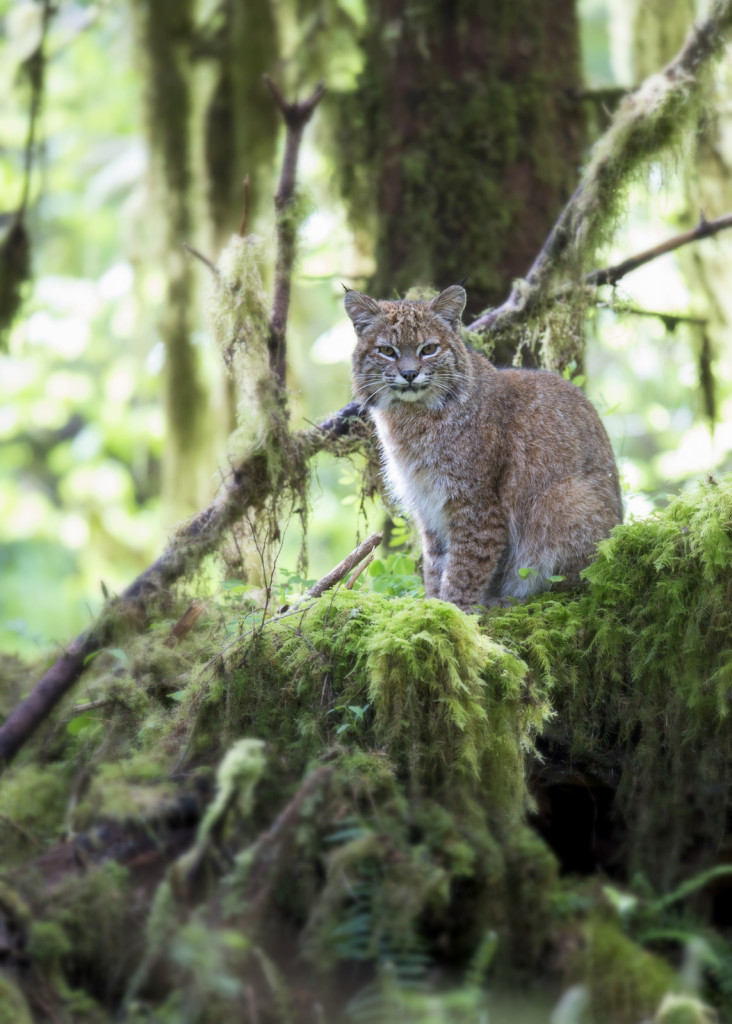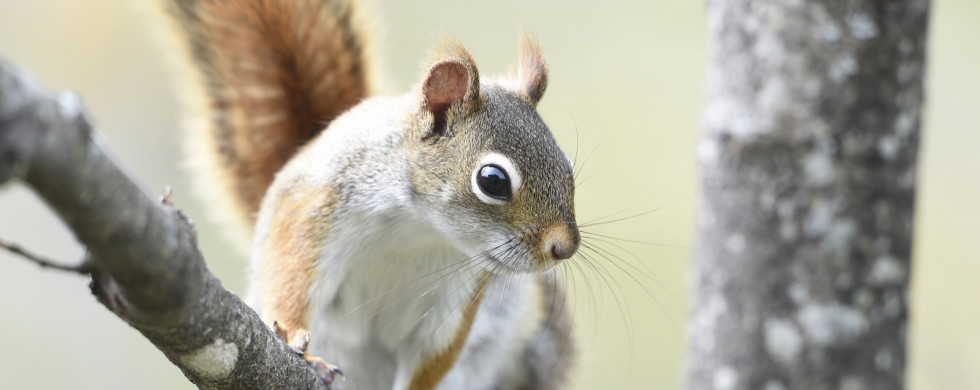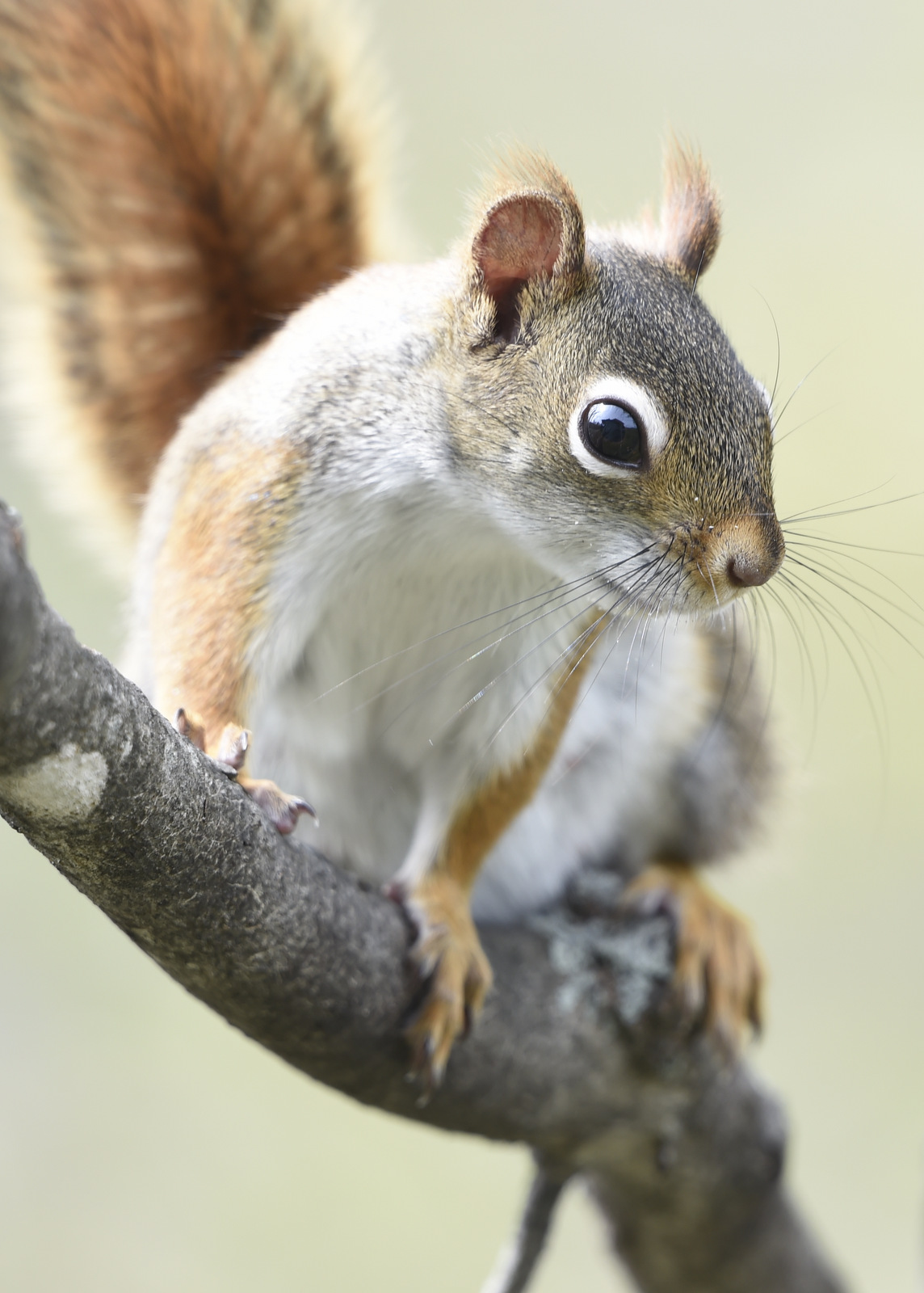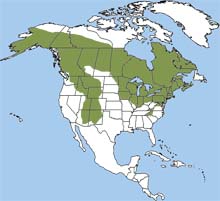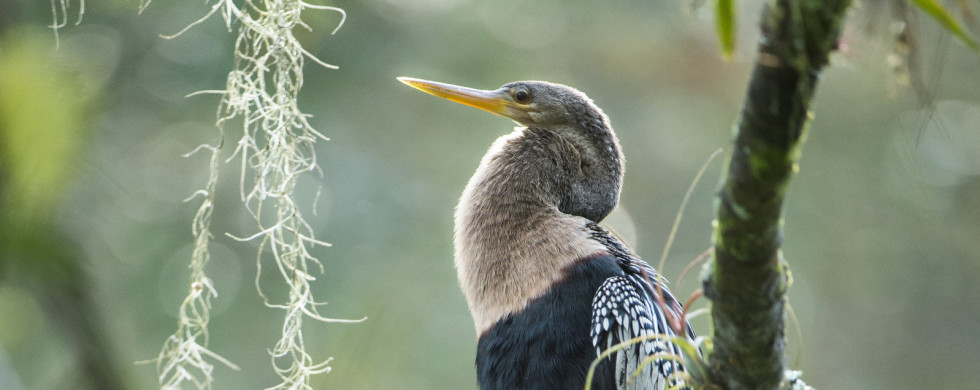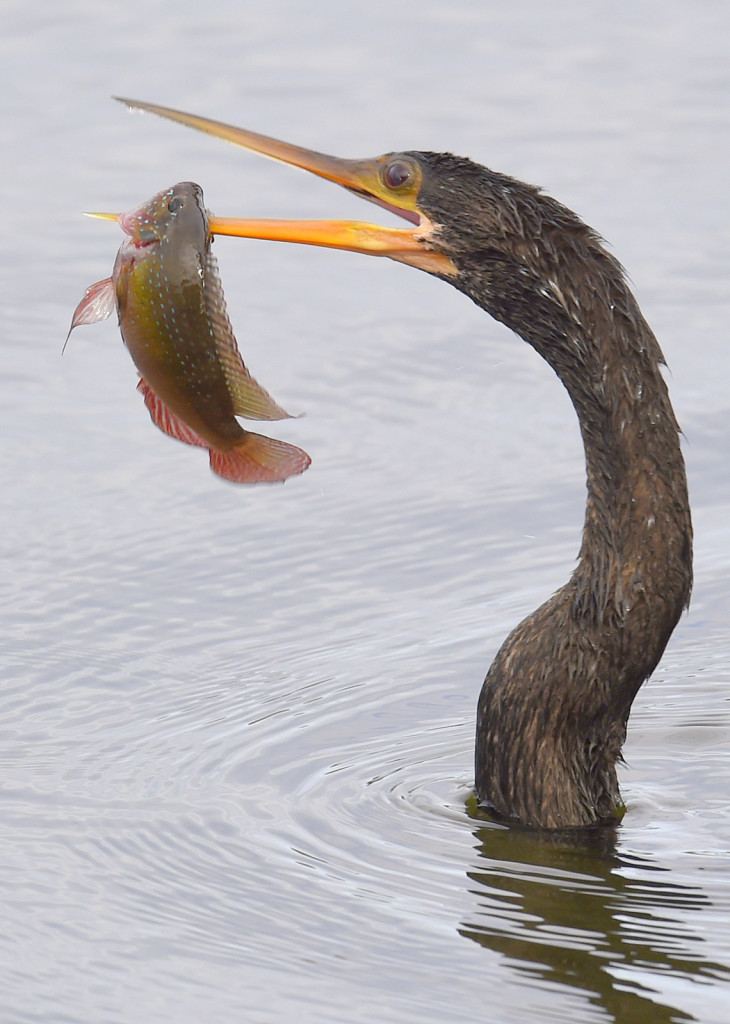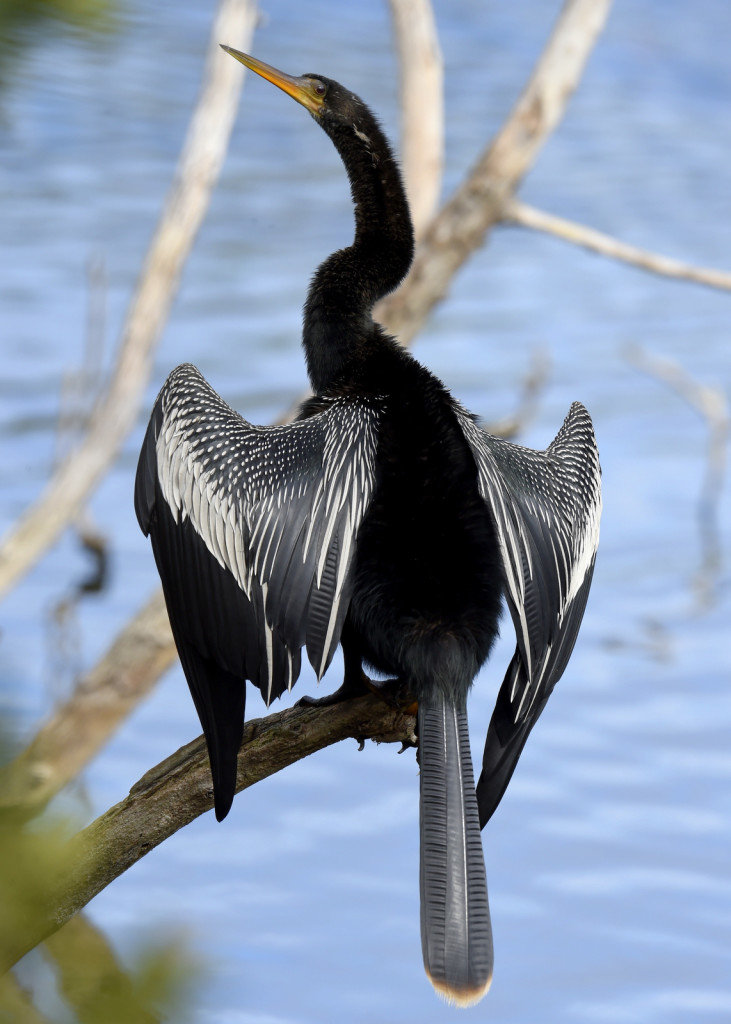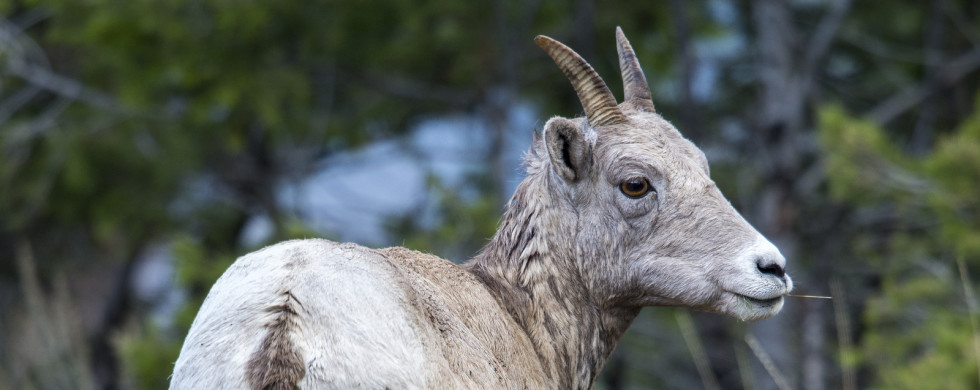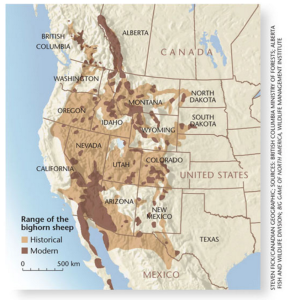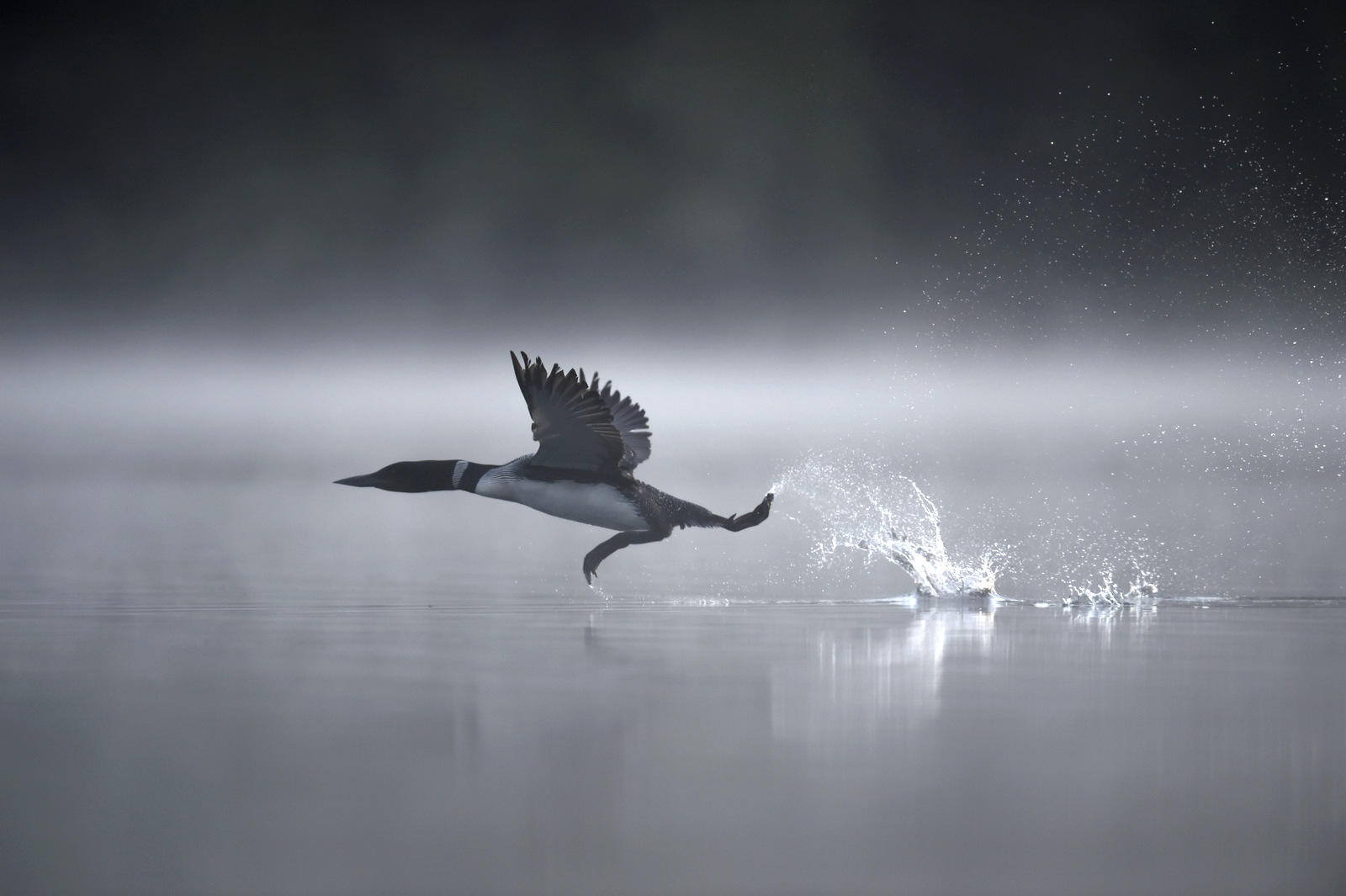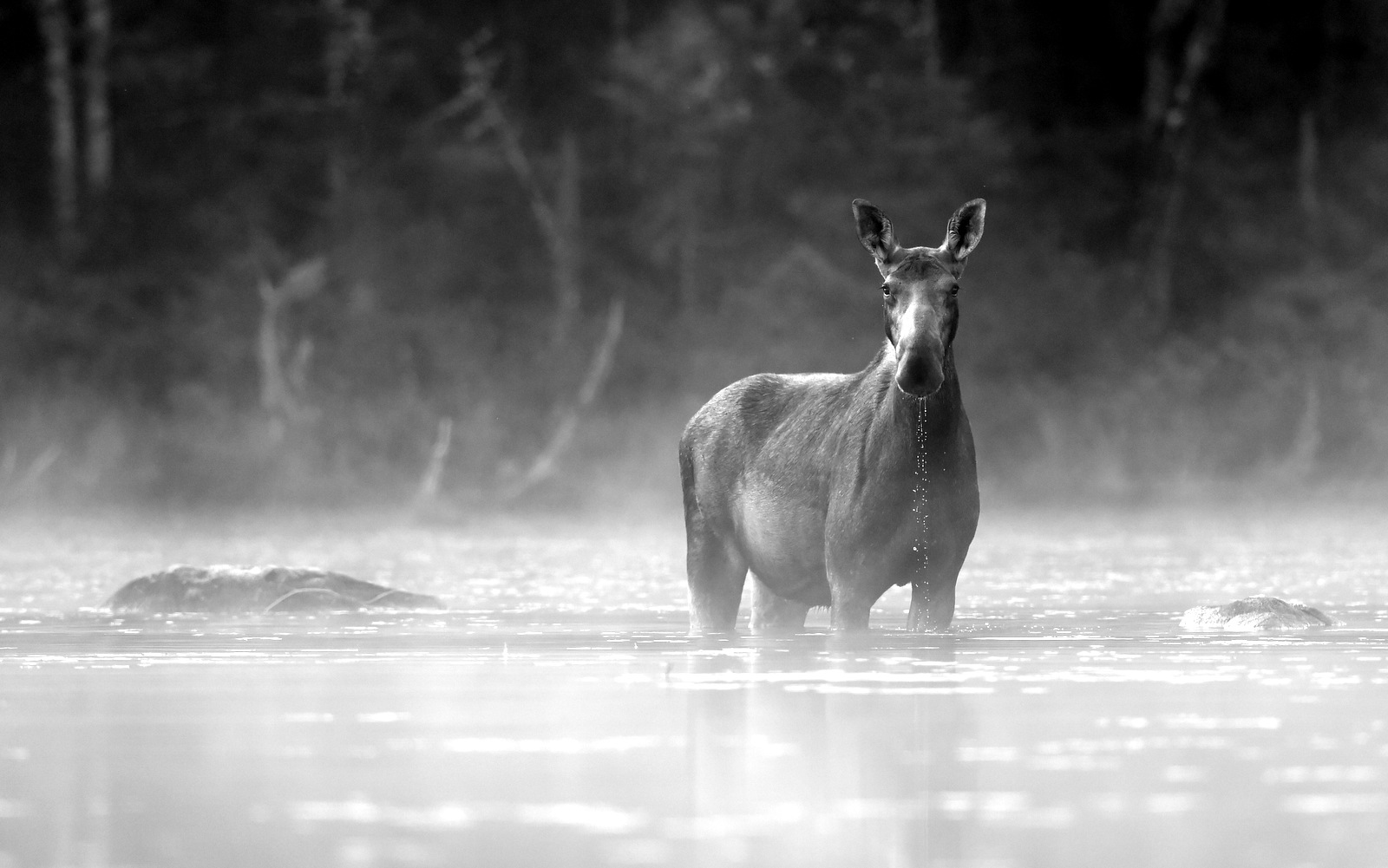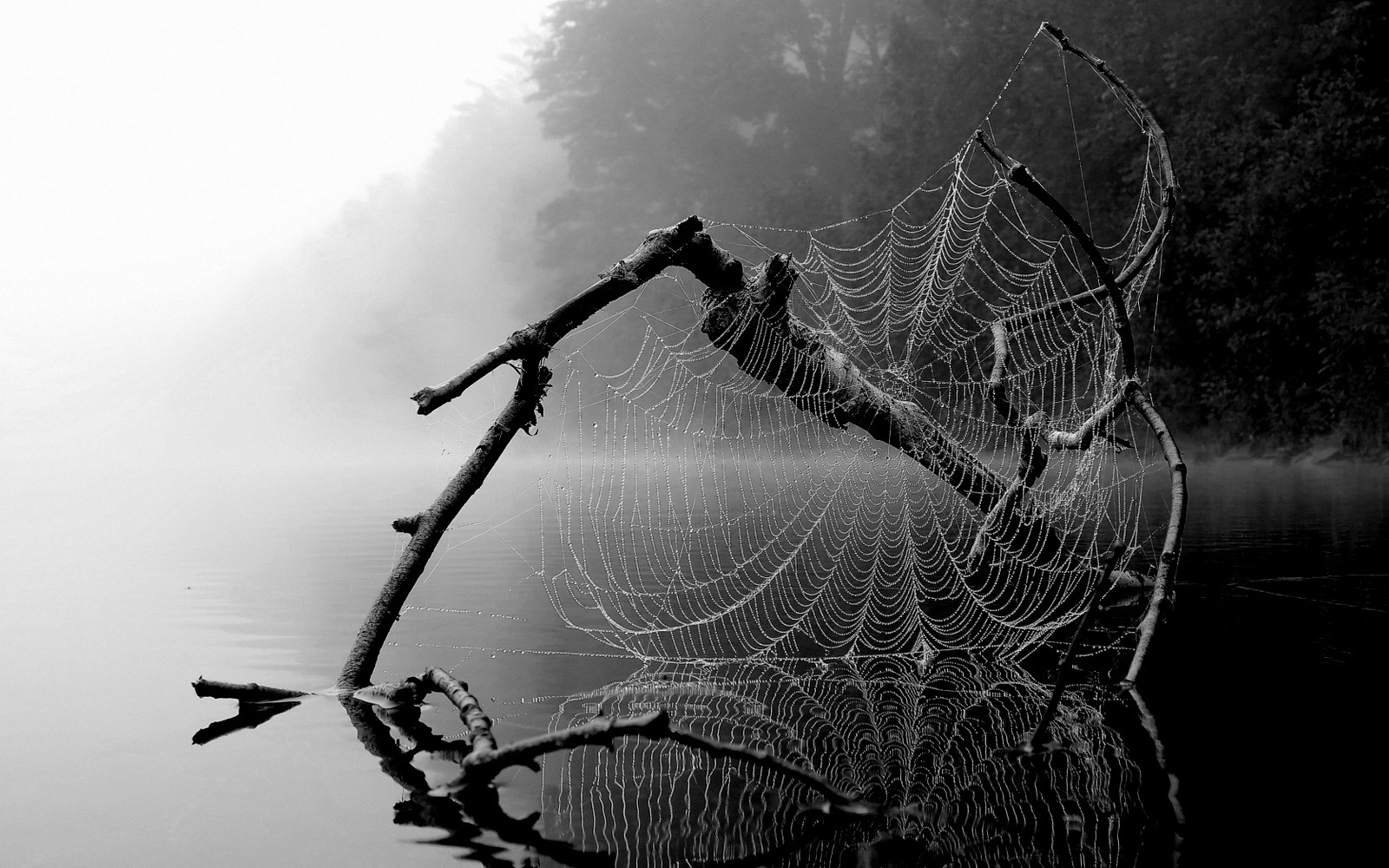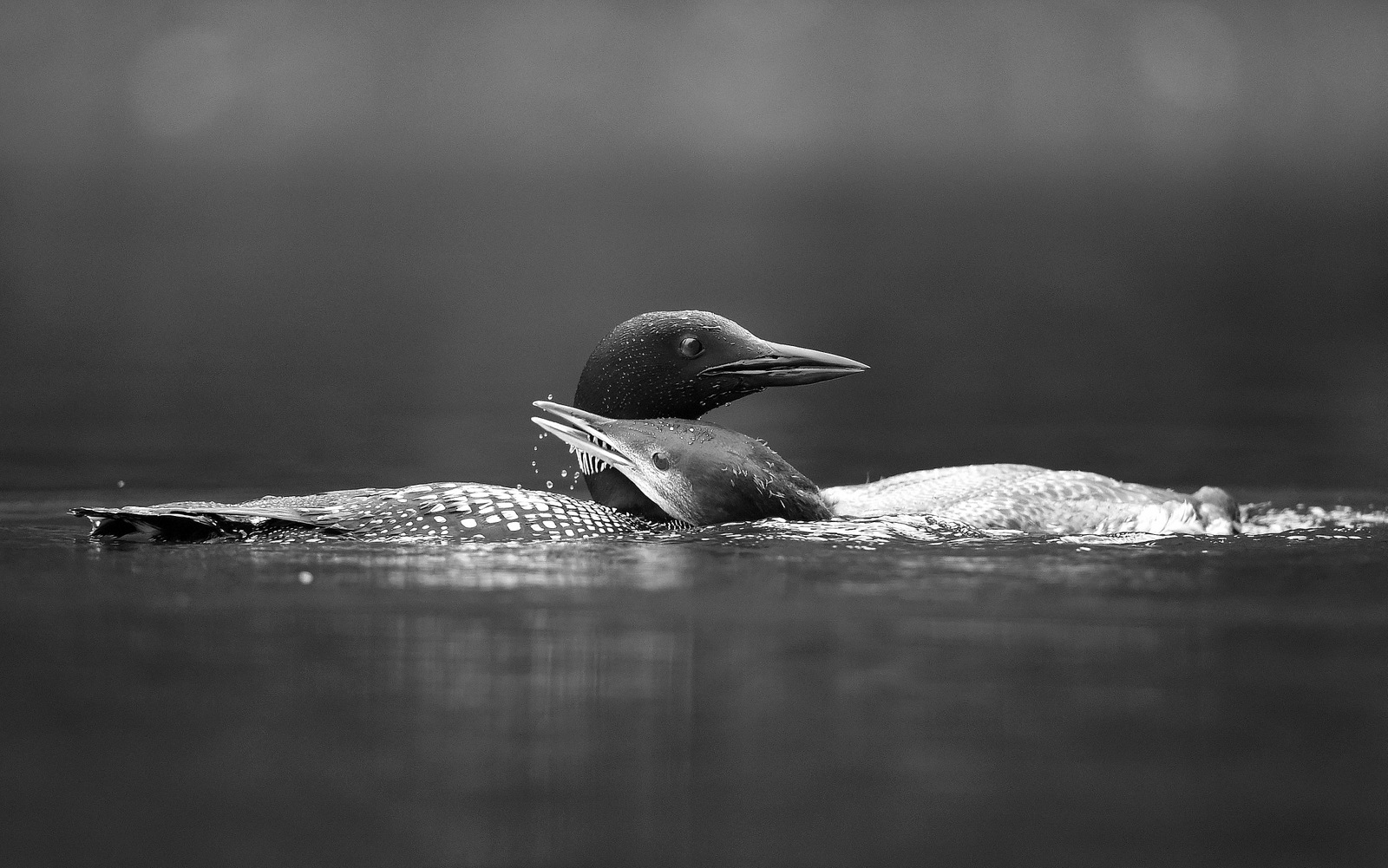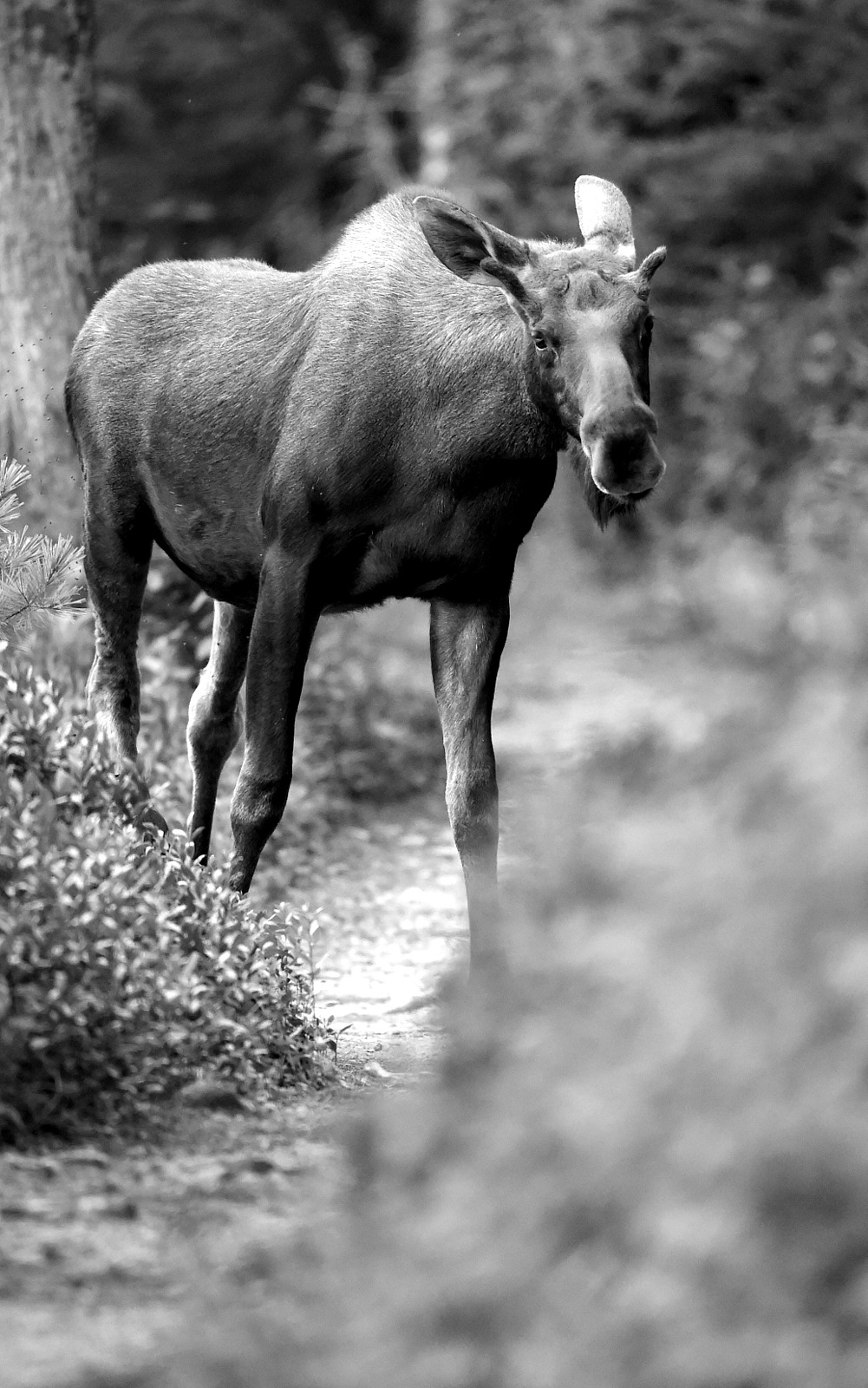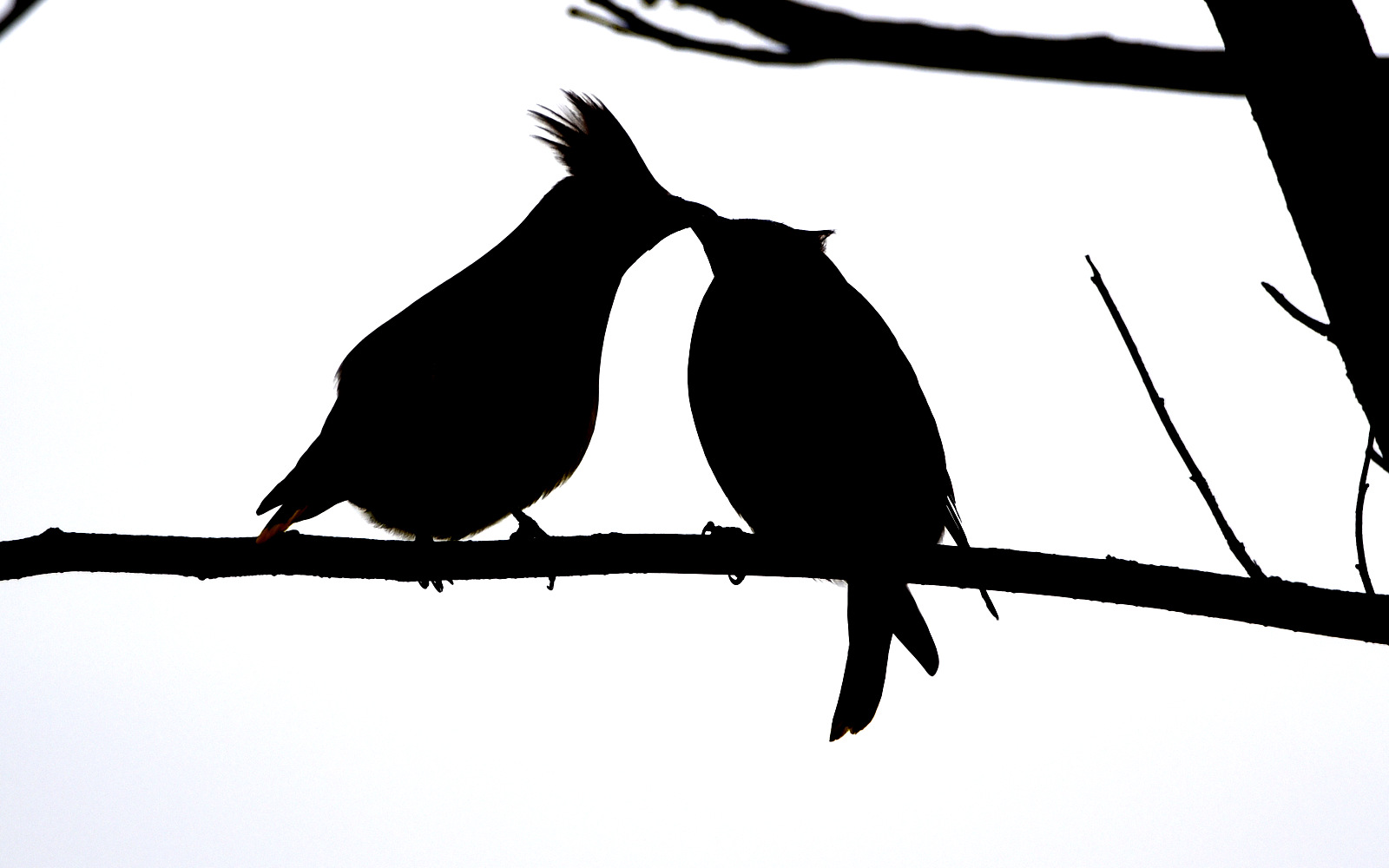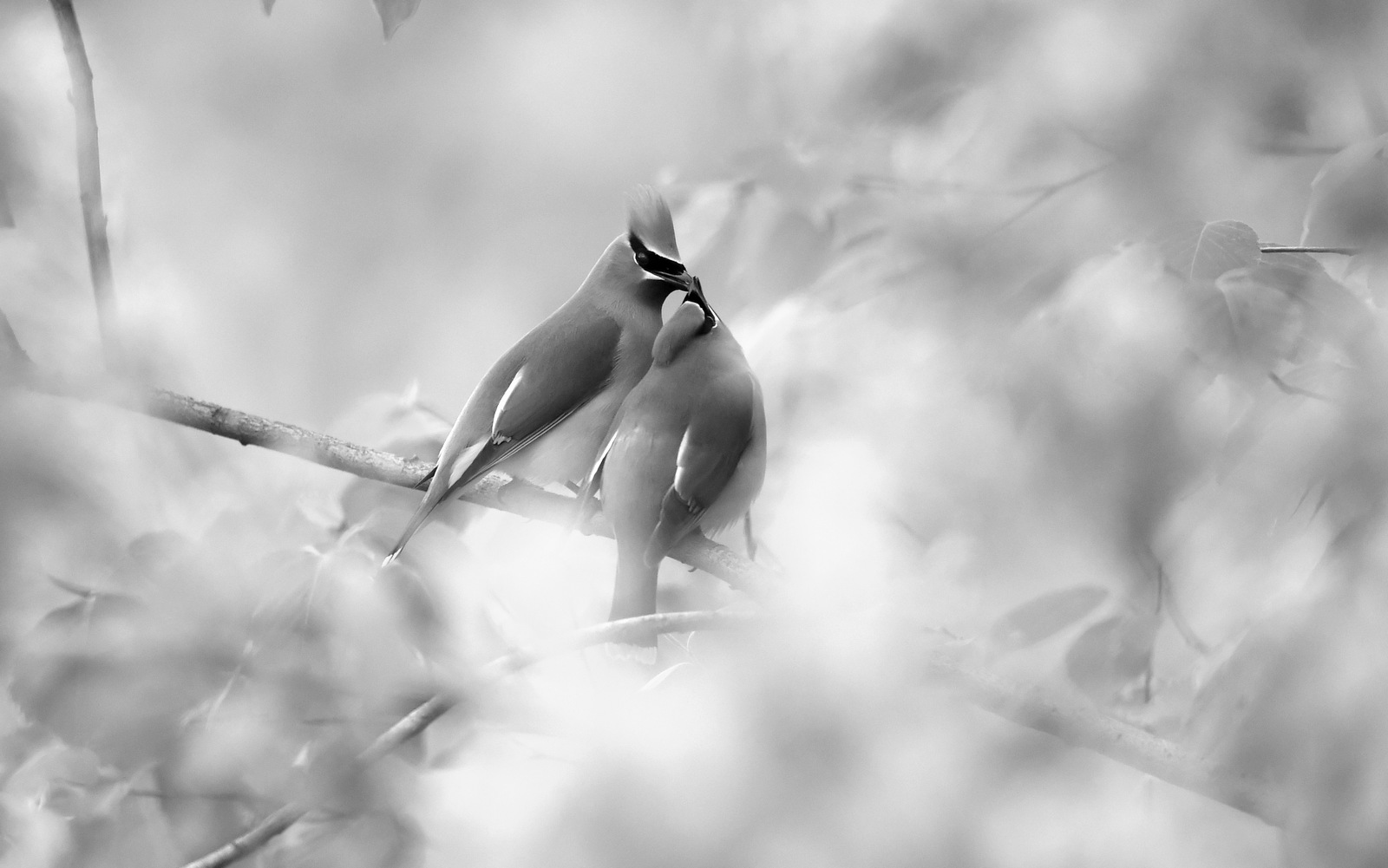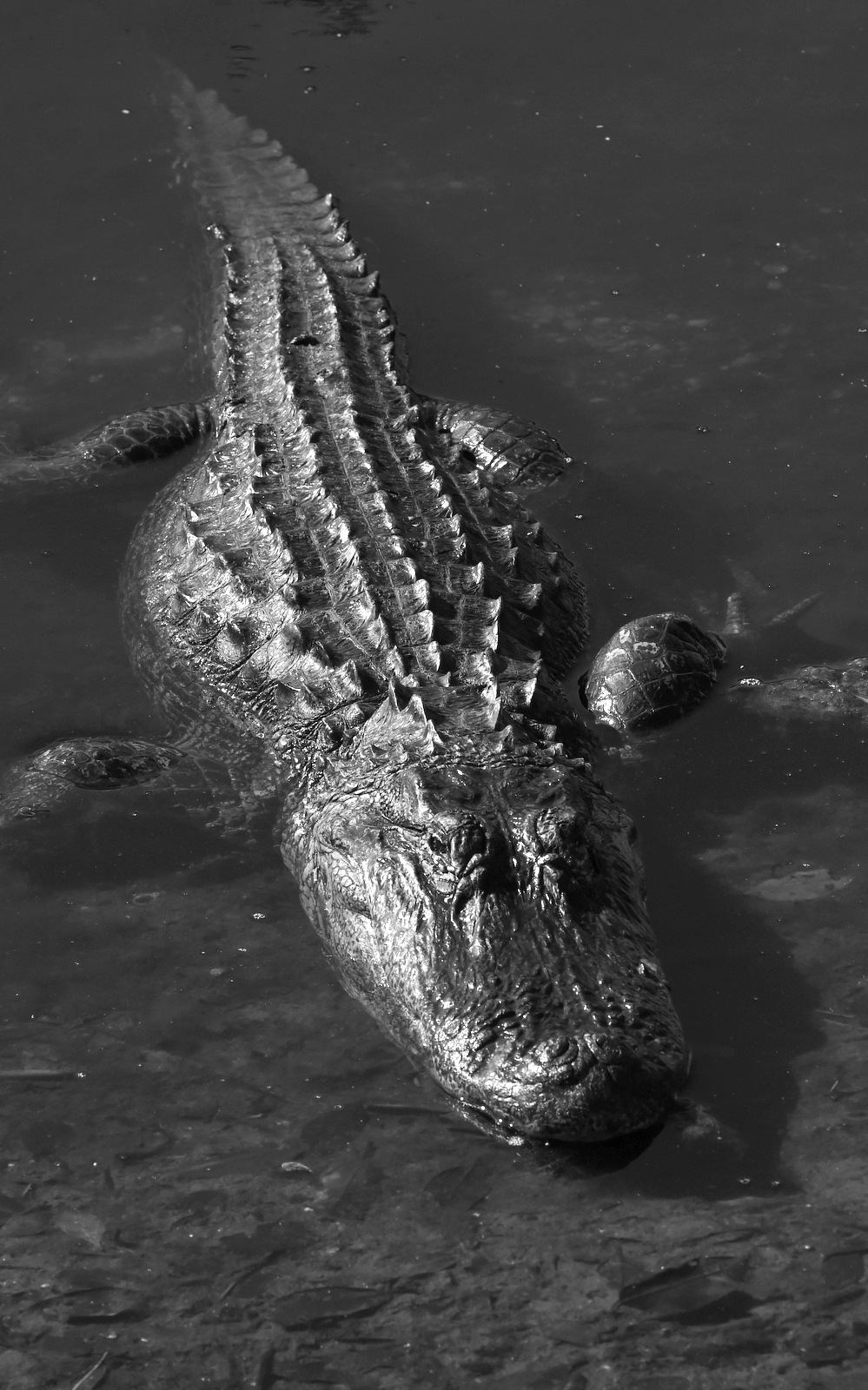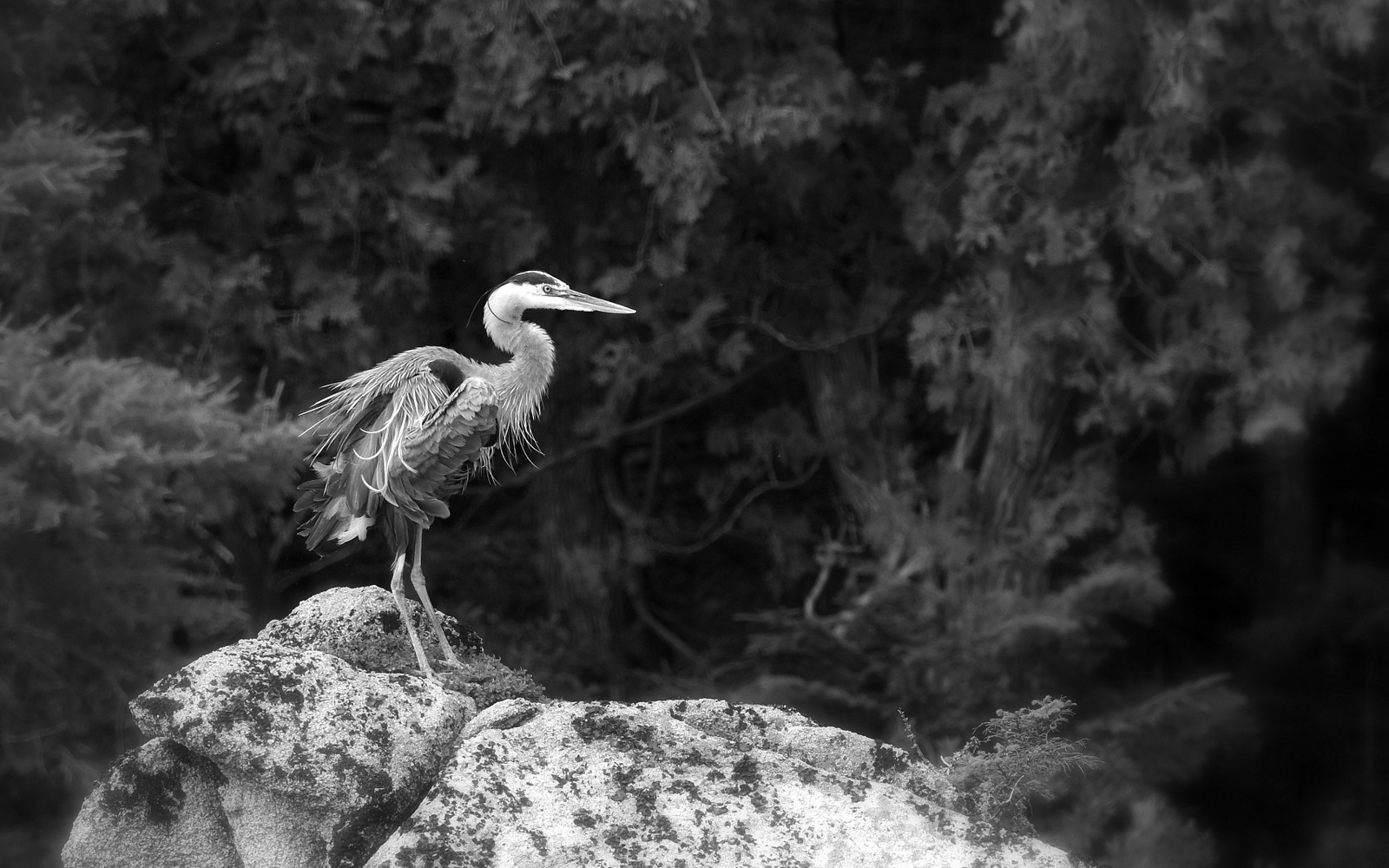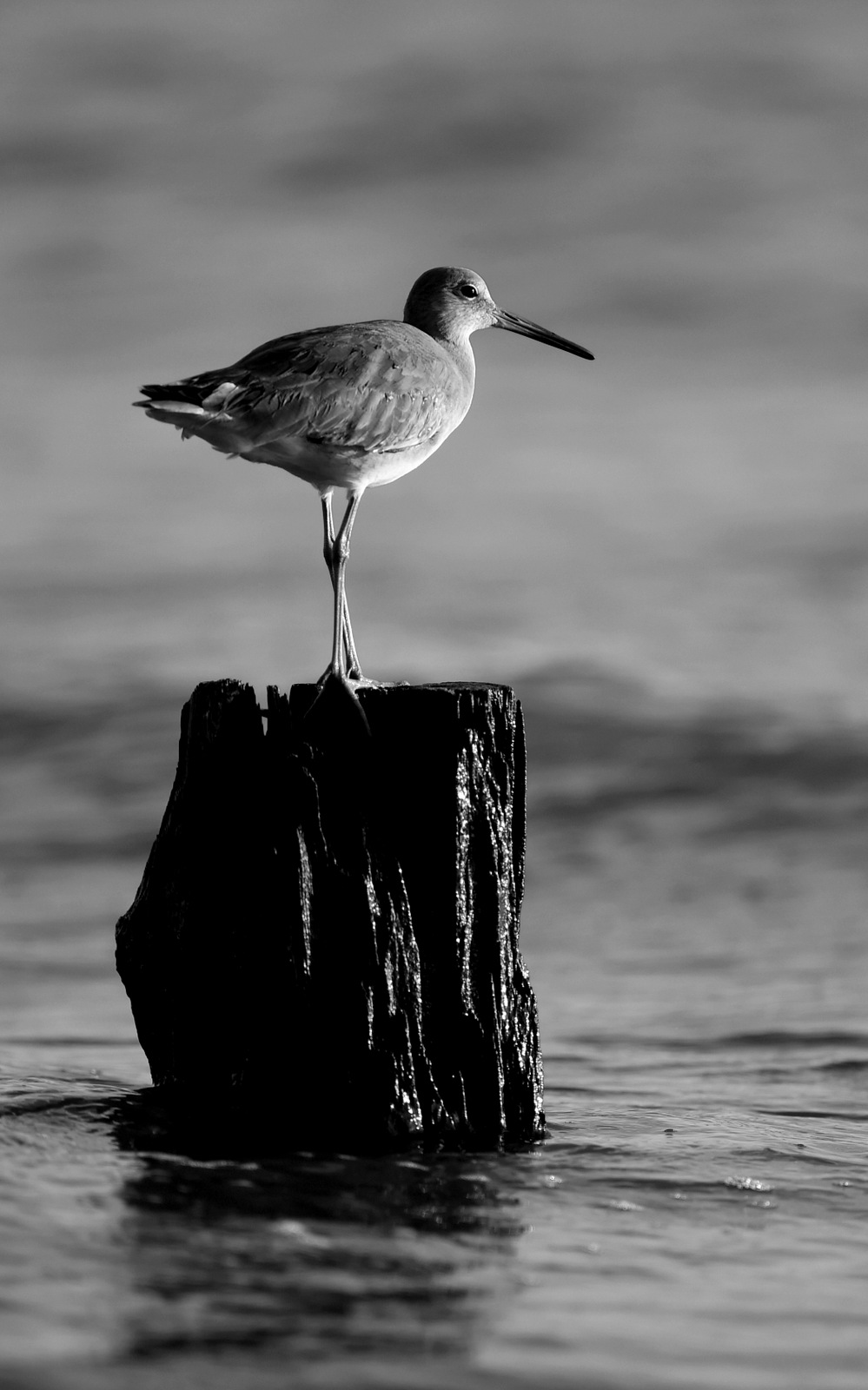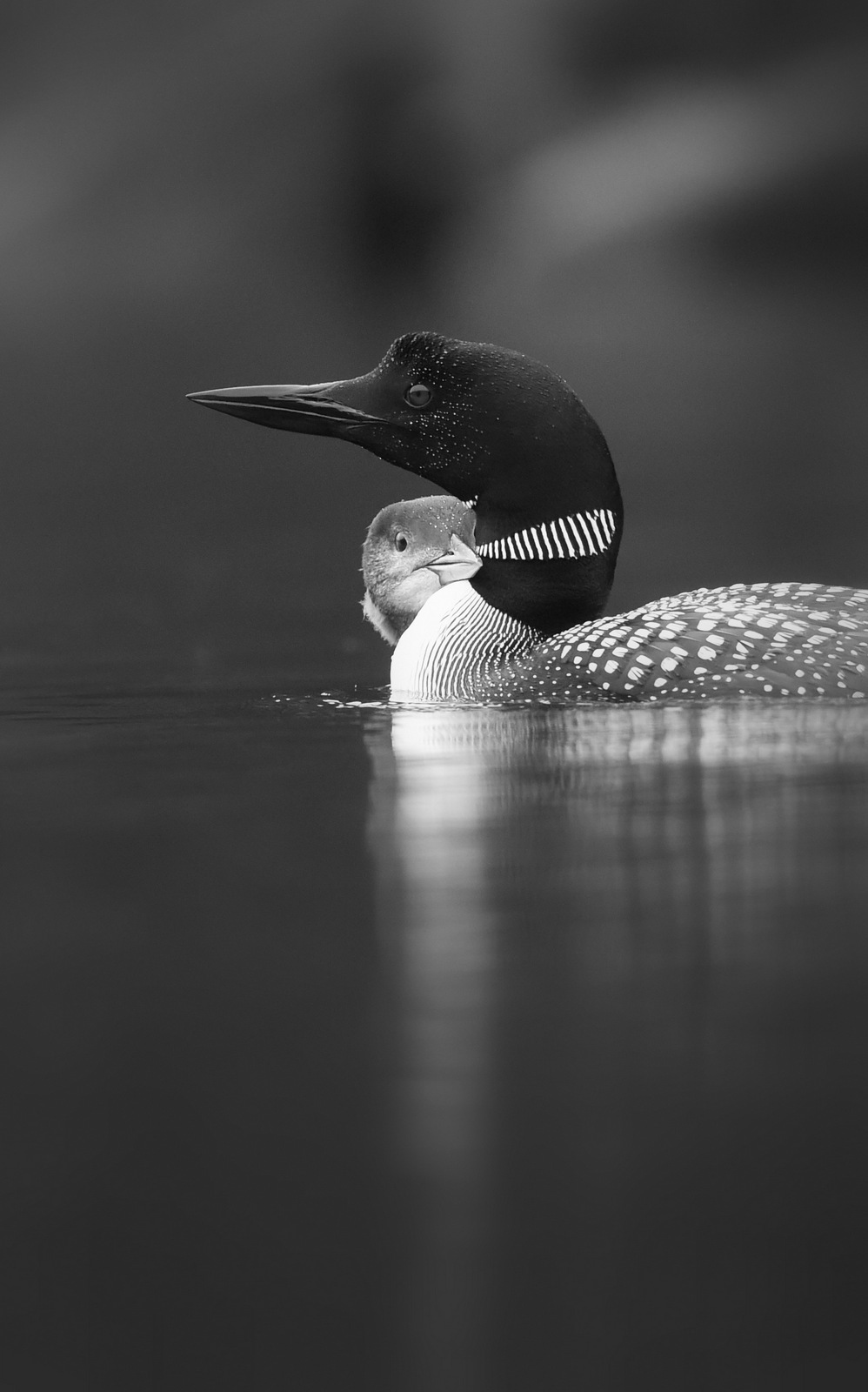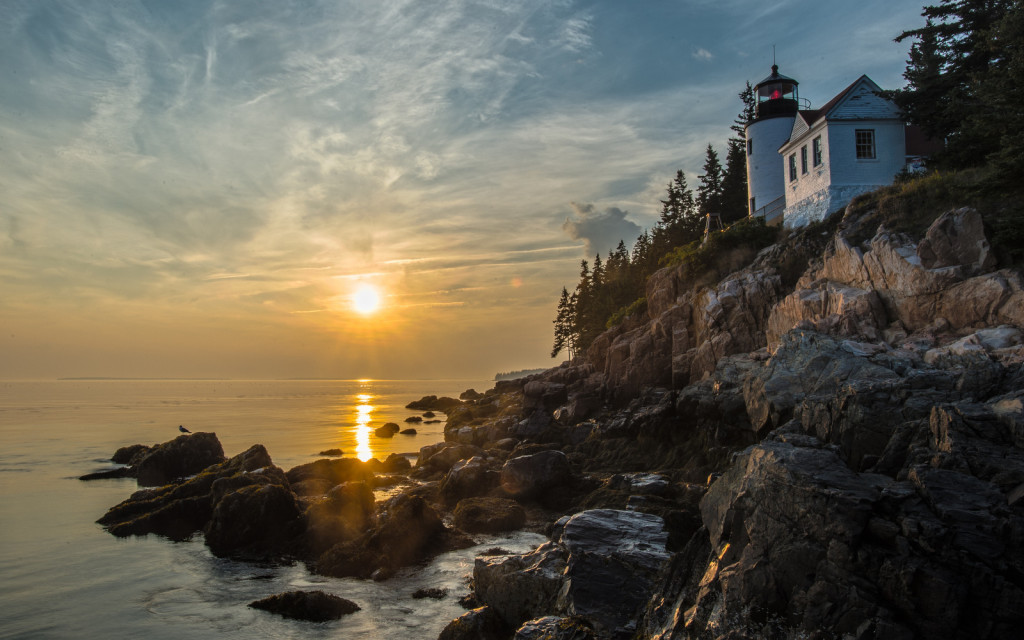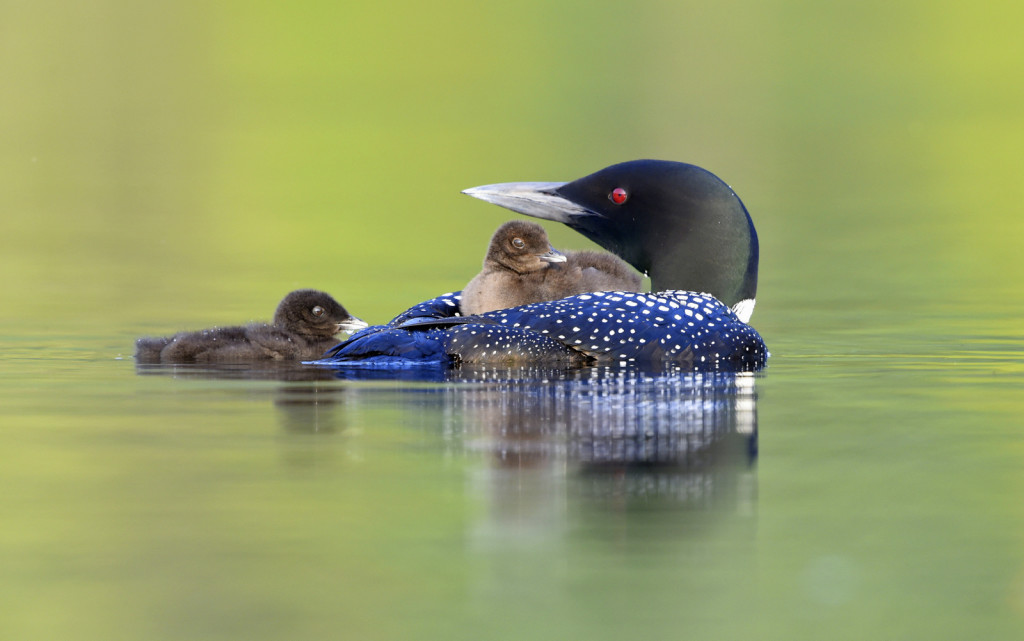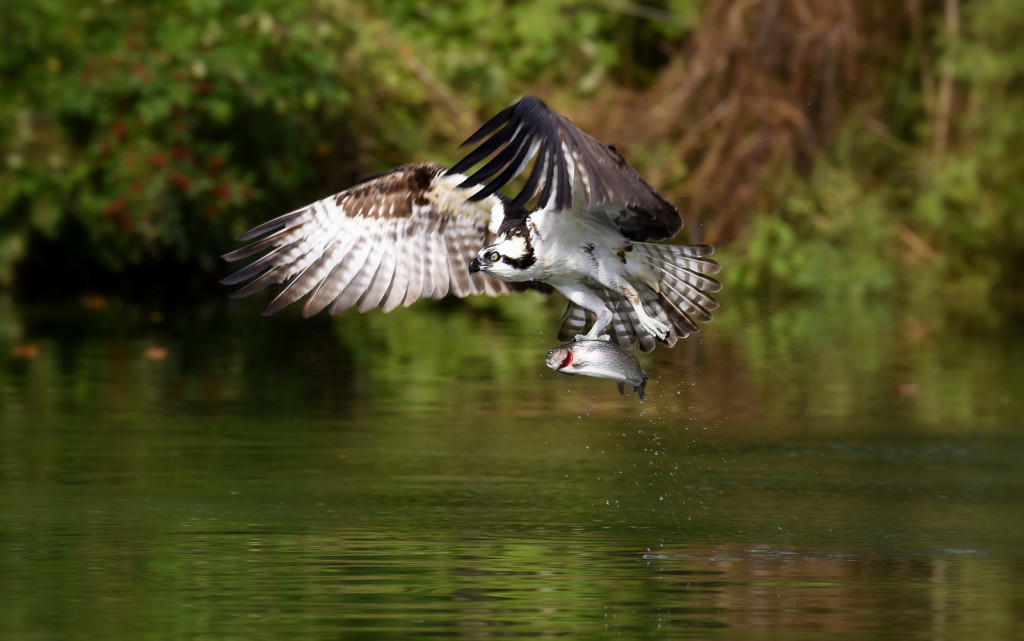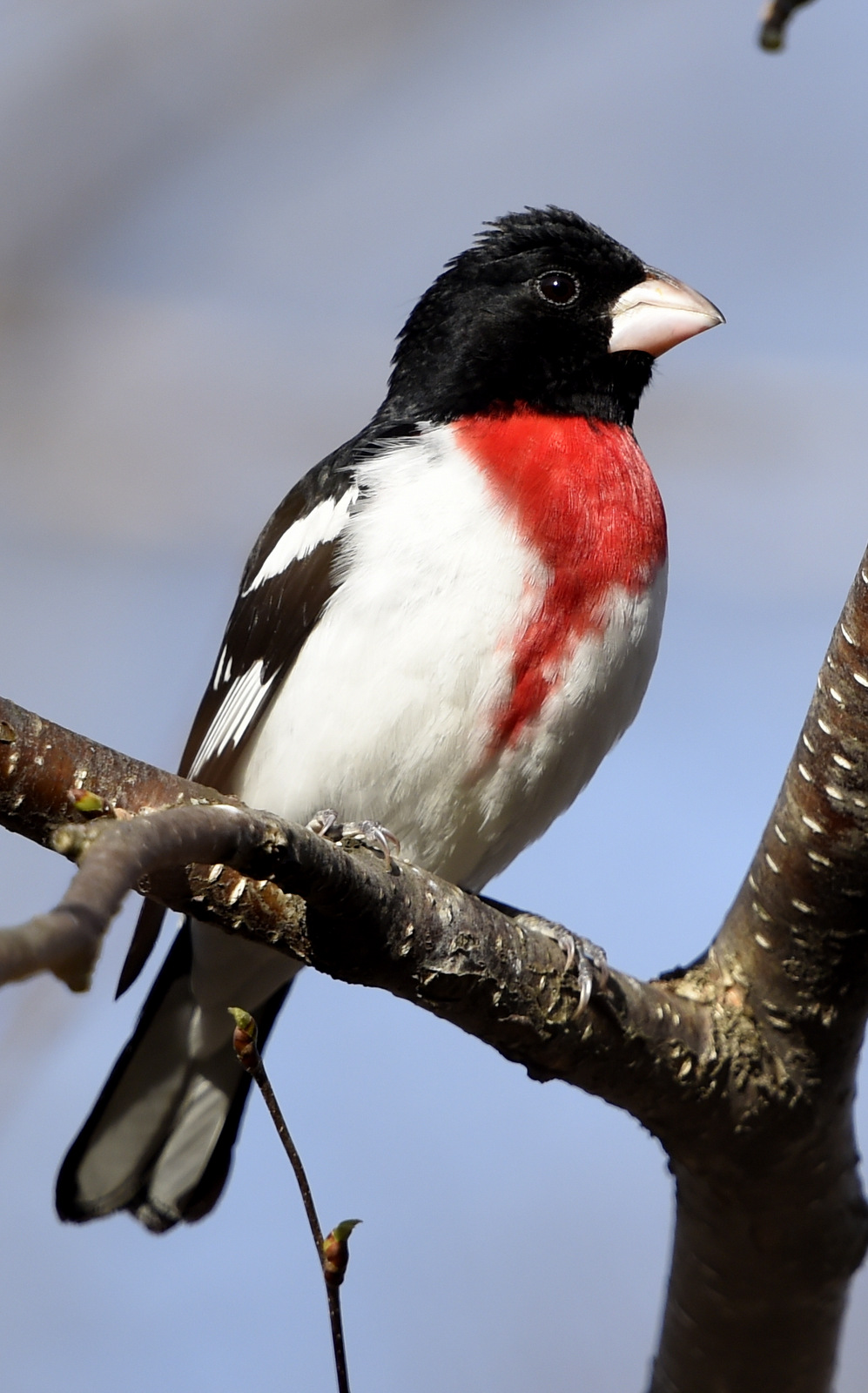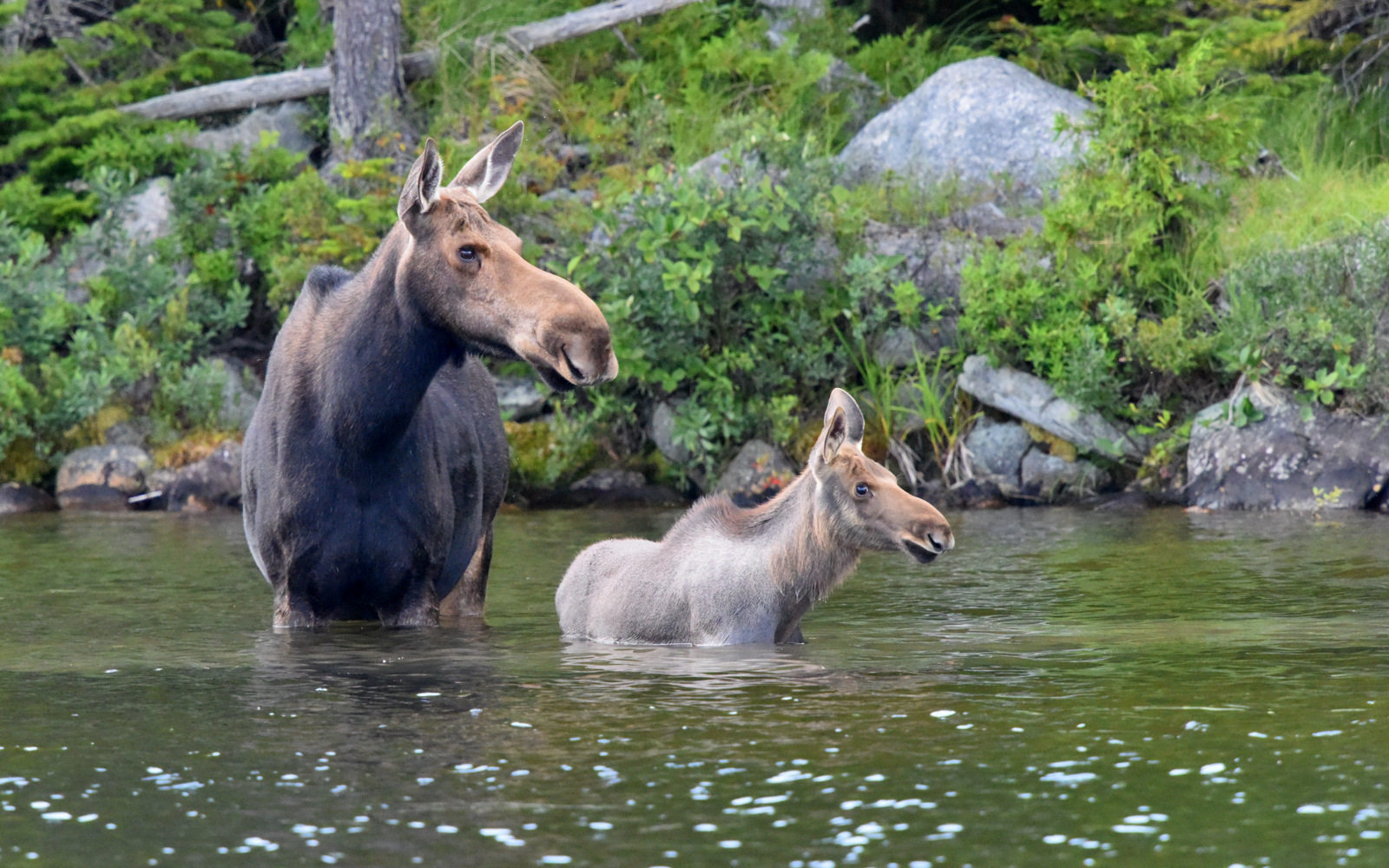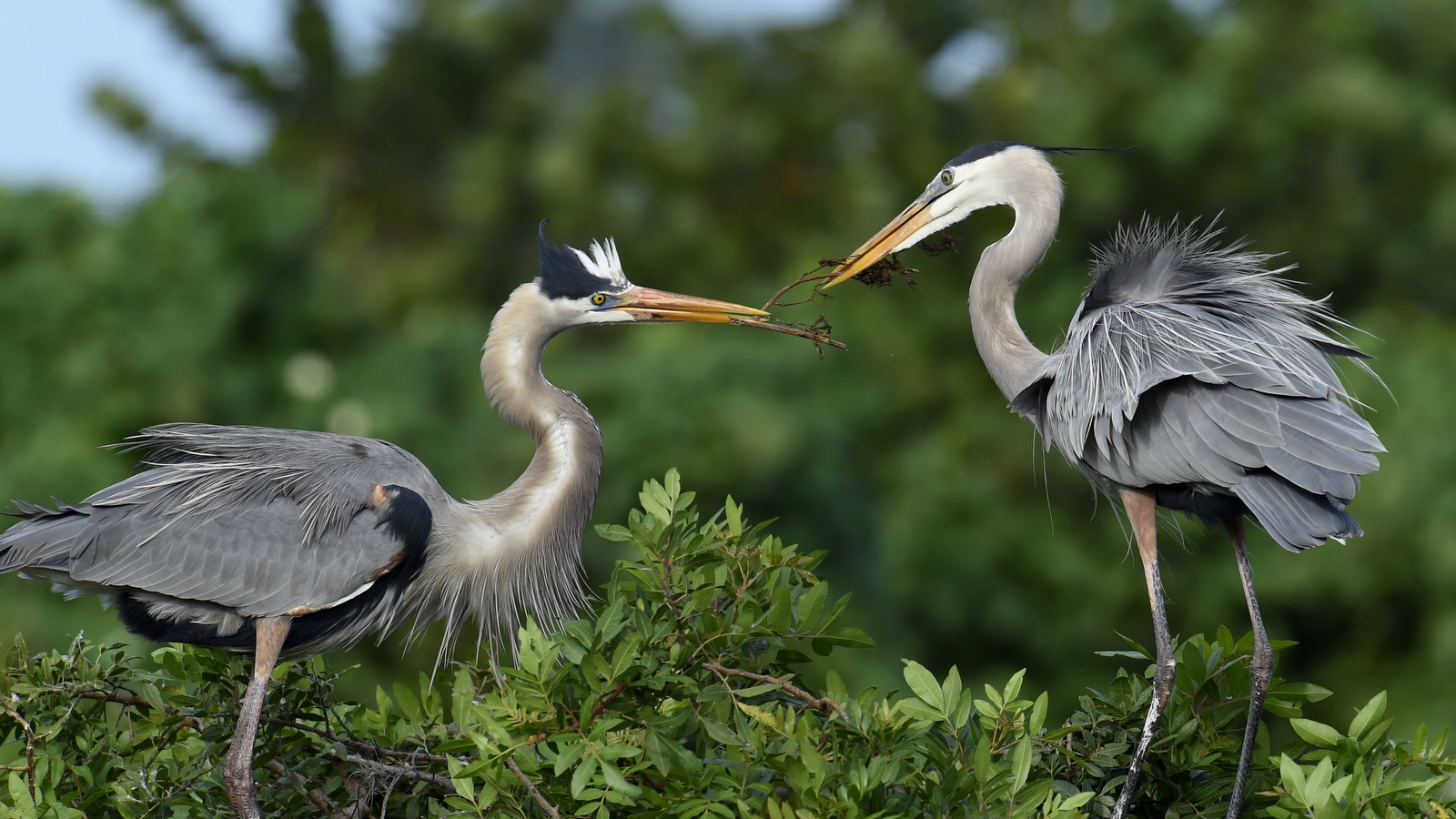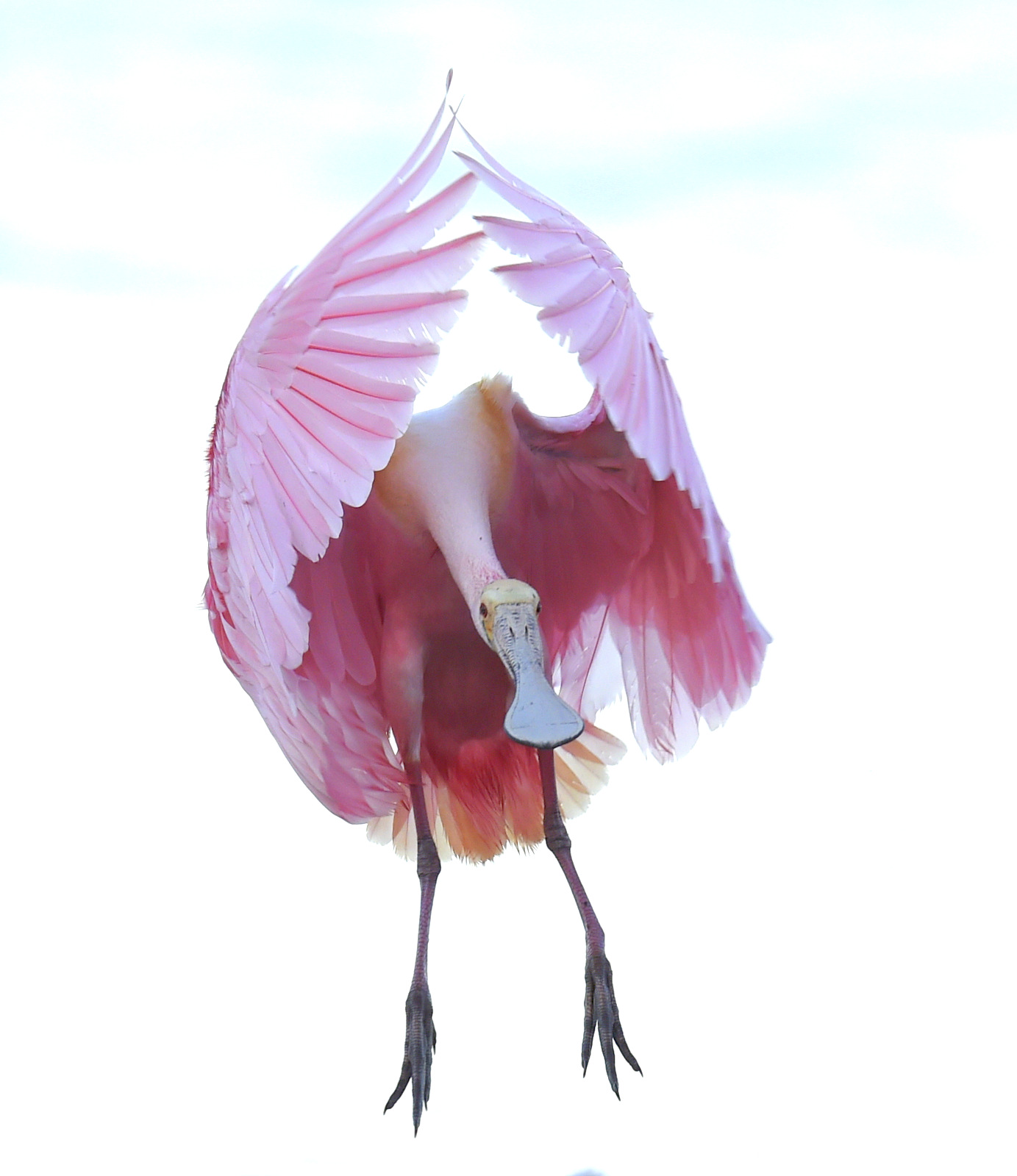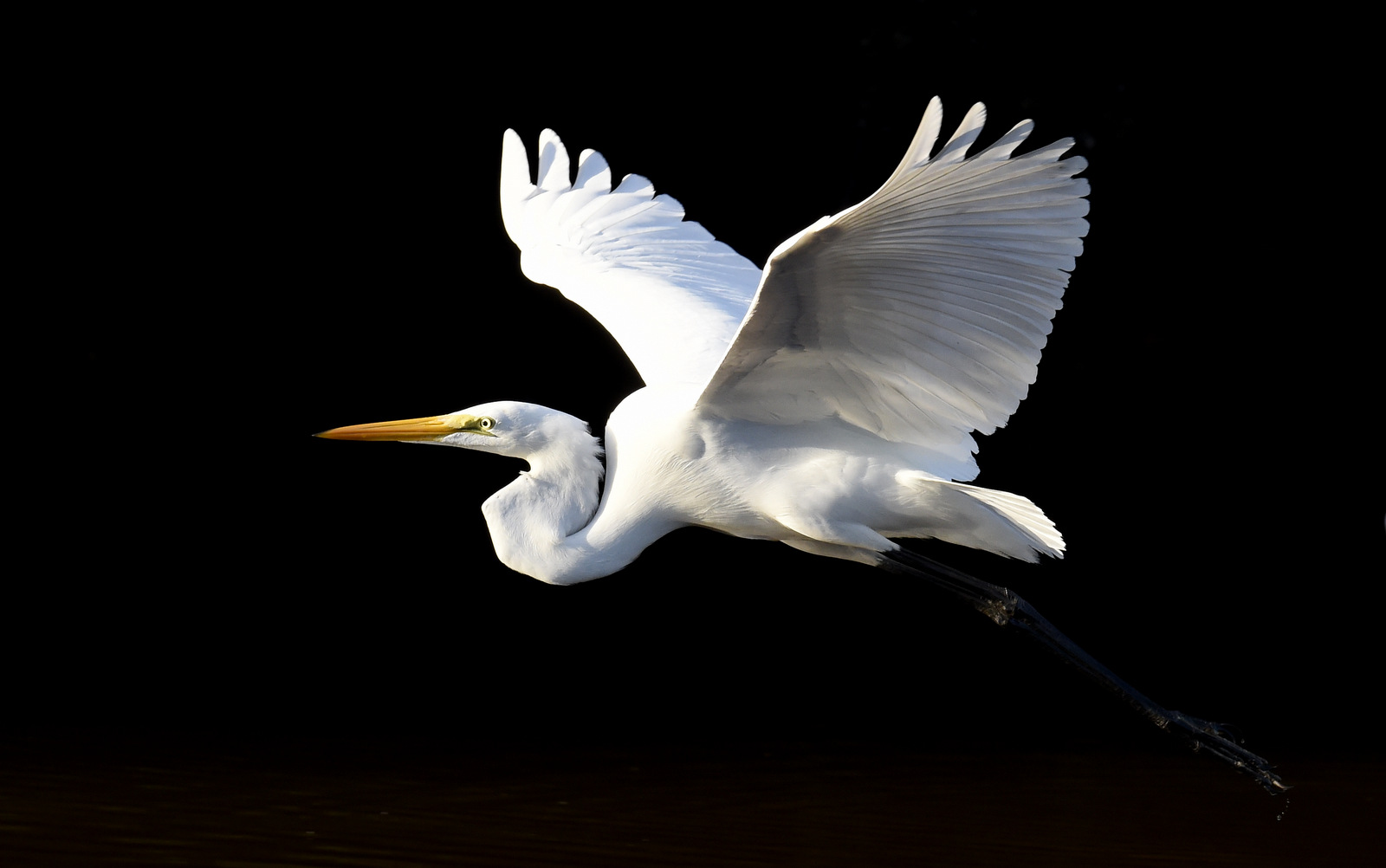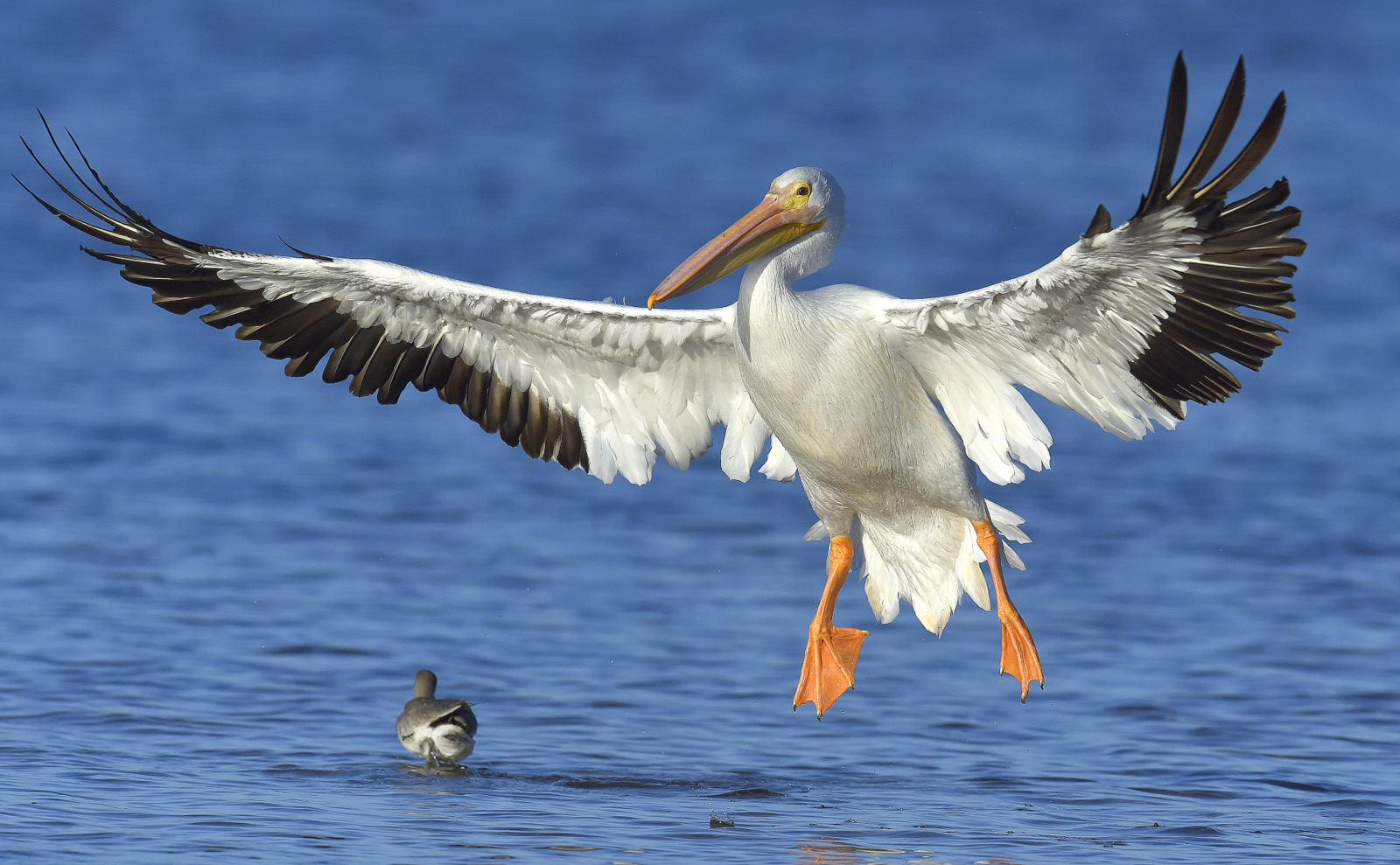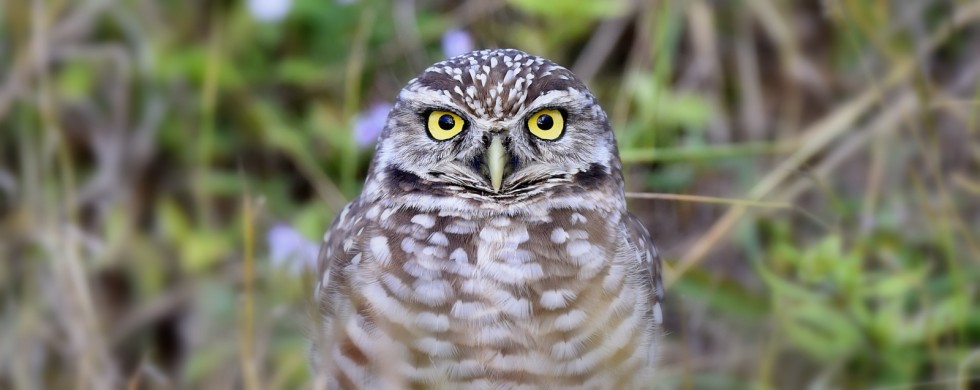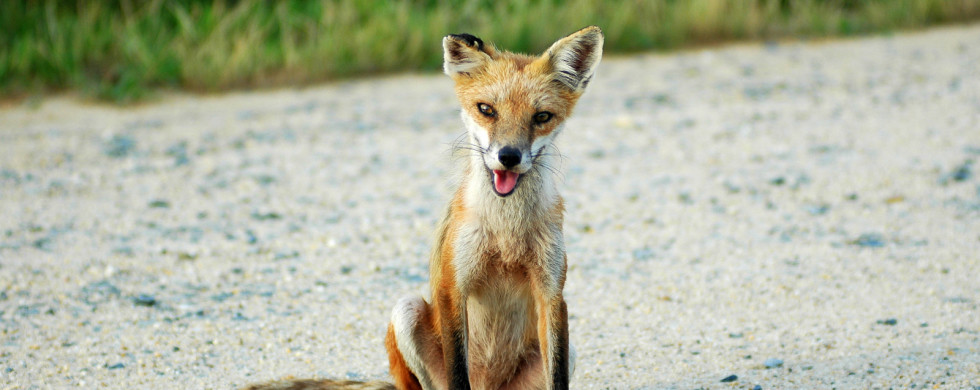30
Shot of the Month – June 2016
This month we get a lovely rector-verso view of the Little Bee-eater (LBE) – a dandy little bird in every sense.
Dandy: “…is a man who places particular importance upon physical appearance, refined language, and leisurely hobbies….”(from late 18th and 19th century Britain)
The LBE is definitely a stunner — both male and female (as seen in this photo) are adorned in a shimmering coat of green, yellow throat, offset with a black gorget, a luxurious rich brown upper breast that fades into a buffish ochre on the belly. And that daring dash of aqua (?) above the eyes. Bold and beautiful.
As for the leisurely hobbies – seems that LBEs spend about 10% of their time engaged in “comfort activities.” This would include sunning themselves, dust bathing, and water bathing. Dust bathing?–yeah, it helps protect against parasites like mites and flies. (source)
Dandy: “An excellent thing of its kind”
As the title says, Little Bee-eaters are dandy flyers. Little Bee-eaters catch all their prey while on the wing. If an insect lands on the ground the bird is no longer interested. As their name gives away, LBEs eat mainly bees, wasps, dragonflies, and similar insects. These birds typically hunt from a favorite perch – once a flying insect is spotted, the bird launches into the air, snatches the insect with that powerful, forceps-like beak, and dines while flying or returns to the perch. Insects with stingers (da-bees) are thrashed against a tree branch as the LBE pinches tightly on the insect to squeeze out all the venom. (source)
I photographed this couple in Botswana. I also photographed a Blue-cheeked bee-eater in Botswana and you can see some of that dining-at-the-perch behavior here. (you really should, it is a great shot if I say so myself)
The Little Bee-eater is indeed little. There are 26 species of bee-eaters in the world and the LBE is the tiniest of them all. What they lack in size they make up in numbers. It is estimated that there are 60 to 80 million Little Bee-eaters spread out across Africa. The bee community must be very bummed about that fact!
Ahhh, the lovely little bee-eater, beautiful but deadly, especially if you are a bee.
Until next month….:-)
Nikon D70, Sigma 300-800mm (@650mm), 1/400 s, f/5.6,
31
Shot of the Month – May 2016
Did you know that it is impossible to take this picture, as shot, with today’s cameras?
Uh, you mean the one I am looking at right now.
Yes, that one.
The one that doesn’t exist.
Exactly.
Scratch head…
Photographic equivalent of “Who’s on First?” (If you have never heard this, stop now, and listen…Comedy Classic!)
Obviously, I did create the image so it does exist. However, this is not one picture but 7 that have been merged together to accurately represent the scene as I saw it with my eyes.
Today’s digital cameras are amazing, but they still cannot see the world as accurately as the human eye can, yet. Humans are capable of seeing about 24 different levels of brightness in a scene. In photo lingo, we would say that people can see close to 24 stops of light, or 24 Exposure Values (EVs). Today’s best cameras can see about 10-14 stops of light. Some scenes have a high dynamic range, meaning that there is a large difference in Exposure Values between the darkest shadows in the scene and the brightest highlights.
The dynamic range of this sunset scene is beyond the capability of my camera. I could expose for the sun (see the image below that was underexposed at -0.66 EV, but then the rocks in the lower right would be completely black – you would lose all the detail in that part of the picture. Or, I could set my camera to expose properly for the rocks, but then the sun would be drastically overexposed and just be a white mess (as you can see in the image below that was shot +2 EV ).
Pack up and go home? Nope. One solution is to use “High Dynamic Range (HDR) photography techniques. In HDR photography one takes multiple shots where each image is exposed differently to capture the full range of brightness levels in the scene. For this image, I took 3 shots that were increasingly “underexposed”, one shot that was “properly” exposed (the camera’s best guess under the circumstances), and then 3 shots that were increasingly “overexposed.” Here you can see each shot in a row, with the most underexposed image to the far left, and the most overexposed to the far right.
Through the wonders of software, I was able to merge these shots so that each area was properly exposed in the final image.
Typical scenes that will challenge the dynamic range of your camera include backlit scenes (strong sun behind your subject), bright skies, interiors (if there is a window present you will probably have a problem), and scenes that include a strong light source.
Most cameras have an “Auto-HDR” mode. Yes, iPhones and similar smartphones (Samsung Galaxy) have them. When faced with such a scene turn on the HDR function and see if it helps.
As you can see, although the technology keeps getting better and better (just a few years ago most cameras could only capture about 5 stops of light), we still have a ways to go before matching human eyesight. In the meantime, with proper use of HDR, you don’t have to let too many stops, stop you from getting that great shot.
Until next month….michael
P.S.
Here is an article that also explains dynamic range, amazingly, using the same scene as an example!
Also, did you notice the lone seagull on the rocks?
Bass Harbor Head Light Station, Acadia National Park, Maine
Nikon D4S, Nikon 17-24 mm (@ 24mm), f/22, ISO 200, variable shutter speed for 7 shots at -2 EV, -1.33 EV, -0.667 EV, 0 EV, +0.667, +1.33 EV, +2 EV
30
Shot of the Month – April 2016
I had a couple of free days near the end of the month so I fled to the Hoh rainforest (HRF) on the Olympic Peninsula, near Seattle, WA. We had recently moved to the area and there were so many new places to explore. I had made an initial visit to HRF earlier in the month and figured I would try my luck again. The HRF is one of the few temperate rainforests that can be found in the northern hemisphere and is a protected UNESCO site.
Normally, landscape photography is the name of the game at this leafy locale as one tries to capture the essence of this surreal environment where one can get 150+ inches (> 12 feet!) of rain per year and everything is covered in moss and lichen and endless shades of green vegetation. I don’t do much landscape photography so this was me trying to expand my horizons, albeit in a rather dense forest. Go figure…
So there I was wandering around the forest with my 17-35 mm wide angle zoom lens. Very unfamiliar territory for me as I usually carry a 600 mm lens as I scrutinize for the smallest movement that may indicate a hidden creature. This time I was scanning the environment for much broader scenes and patterns. It is a completely different way to “look” at the world then I typically do when carrying a camera. I stopped and glanced around, somewhat hopelessly trying to find an interesting composition,
really feeling out of my element.
I was alone on the trail, minding my own business when something caught my attention. My “normal” eye kicked in and I was pretty sure I saw something AMAZING off in the distance. I took a picture with my 35 mm lens and zoomed in on my camera display to see if I could make it out.
Wow, really not helpful. But, I could still see a silhouette that made my heart race. Do you see it? Click on the photo to zoom in.
I stood there frozen for a few moments staring at the fallen log in the distance. Straining to detect movement while hoping for bionic vision to befall me. I finally, very slowly took my backpack off and lowered to one knee to switch to my “longer” lens. This one zoomed out to 110 mm and might give me a better view. The image at this focal length is below.
While still not conclusive, my excitement continued to grow. During our first visit to the park a few weeks ago a ranger told us that it was possible to see bobcats in the forest but I was very skeptical. I assumed that said feline might be seen a few times a year, probably by staff who spend hundreds of hours in the park. But that silhouette looked like a bobcat to me. We had bobcats in Vermont but it is exceptionally rare to actually see one as they are extremely reclusive — I had never seen one in the wild.
I continued along the trail to see if I could get a closer view.
Bingo. My first bobcat! I stood and watched for a while but this was as close as the trail came to the log and my current lens couldn’t zoom any closer. And this is where I faced the classic wildlife photographer’s dilemma. Should I stay, or should I go? (and a damn catchy song) In this case, the issue was that I had my 600 mm lens back in the car. Do I dare try and run the whole way to the vehicle, switch lens, and run the whole way back? Rarely does wildlife stick around for so long. The odds seemed, well, rather poor to put it politely. I pondered for a while.
Finally I decided to go for it.
I figured that the trees weren’t going anywhere and I could always resume my landscape efforts after my bobcat attempt. Hoofing it with 20 pounds of gear is not to be taken, uh, lightly, but I rationalized that it would be good exercise. So off I went, power walking my way back to the car. At the edge of the forest I passed a family as they were just entering and I nodded at them. No time for chit chat. At the car I changed out my gear and started the power walk back to the original location.
When I arrived I could not believe my eyes. The bobcat had moved from that rather poor location, photographically speaking, on the fallen log and now was sitting up on an upright, sheered off tree trunk. She was facing directly at me, sitting on this wonderful, lush green throne.
I normally carry the camera and lens cradled over one shoulder as the whole contraption is heavy and unwieldy. I have learned the hard way that throwing this large metal beast off my shoulder too quickly can scare off wildlife. I very, very, very slowly lifted the camera and lens, attached to a monopod, off my shoulder and placed it delicately on the ground.
“Please don’t leave.” “Please don’t leave.” “Please don’t leave.” “Please don’t…..
This mantra was echoing through my head as I p-a-i-n-s-t-a-k-i-n-g-l-y swiveled the camera around and pointed it at the bobcat. I turned the camera on, pressed the focus button and fired off a couple of quick shots.
The bobcat didn’t move so now I started to work to improve the capture. Initially my shutter speed was waaay too low for such a large lens which meant there was a good chance that the initial shots would be blurry. I worked my way through a range of settings to maximize the best exposure. This gracious bobcat sat there patiently as I fired off dozens of shots. I was happily in my element now. I know pretty well what I am doing when photographing a critter….
The family I had passed earlier came up to the scene, curious as to what I was shooting. I pointed to the throne and they were muy excited. The father shrugged with a smile at the iphone in his hand indicating that he had no chance to get a photo with that device. I empathetically explained that I had seen the bobcat earlier and faced the same challenge only having my wide angle lens. I was running back to my car to get my big lens when I passed them. The father now nodded, “Ahh, yes, that was YOU, we saw.” He continued, “And what amazing luck that the bobcat stayed around for so long…”
Indeed.
Trust me, such luck is oh, so, so rare. But then, such scarcity makes moments like this so magical. I really did try and expand my horizons, but when a bobcat calls, whatcha gonna do?
Until next month…..m
Nikon D4S, Nikon 600mm, f/4 1/200 s, +0.5 EV, ISO 1600
31
Shot of the Month – March 2016
Fear not, this month I am not offering investment advice. Nor has my site been taken over by some spammer hoping to get you to invest in the latest “can’t miss” stock or some other illusionary fiduciary sinkhole. The Chickeree Trust Fund is an important investment strategy used by a mother to promote the success of her children — uh, squirrel children, that is.
Yes, a Chickeree is a squirrel, a Red Squirrel to be exact. They also go by Pine Squirrel, North American red squirrel, and boomers. The Chickeree moniker refers to the constant chattering or scolding you will receive from one of these squirrels if you walk into their territory. You can hear (and see) it here. The Red Squirrel can be found widely across North America wherever conifers are common.
They are one of the smallest squirrels in North America and only weigh 200-250 grams. (About as much as a roll of US nickels)
Chickerees primarily feed on the seed cones of hemlock, fir, spruce, and pine trees though they will also eat flowers, berries, bird eggs, tree sap, and sundry other morsels. These squirrels eat a variety of mushrooms – they will clip and gather truffles and hang them among the branches to dry in the sun (La-Dee-Da-Mister-Fancy-Pants squirrel…).
Now for the really interesting part — the trust fund.
Chickerees do not hibernate so they create caches of food known as “middens” to get them through the winter. Middens, found at the base of trees, usually consist of large piles of shredded cones and stems. The squirrels place green cones in the middle of the pile to keep them hidden and fresh. Red squirrels may have several stashes of food but they tend to have one main midden centrally located in their territory. The middens can grow in size over the years as the squirrel will often sit on the top of the pile as it feeds and the inedible parts of the cones will drop onto the pile (here is a picture of a large midden). These piles can be a few feet in height and 10 feet wide or more though most are 2 to 3 feet in width. A midden may contain 2,000 to 4,000 cones or up to 18,000 cones in the main midden. (Source)
In order to survive their first winter, a juvenile American red squirrel must acquire a territory and a midden. Some will go off and compete for a vacant territory. In some cases, the mother squirrel will grant part or all of her territory to an offspring. Sometimes the mother will create extra middens before giving birth and then she will bequeath these middens to her youngins.
Wow, how cool is that?
This behavior is known as “breeding dispersal” or “bequeathal” and is a form of maternal investment in offspring. This behavior seems to only occur in about 15% of litters and depends on the availability of food and the age of the mother squirrel.
There you have it, the amazing Chickeree — the tiny squirrel with the big heart.
Until next month….m
Nikon D4S, Nikkor 600mm, 1.4x TC (effective 850mm), 1/180 s, f/8, ISO 400
29
Shot of the Month – February 2016
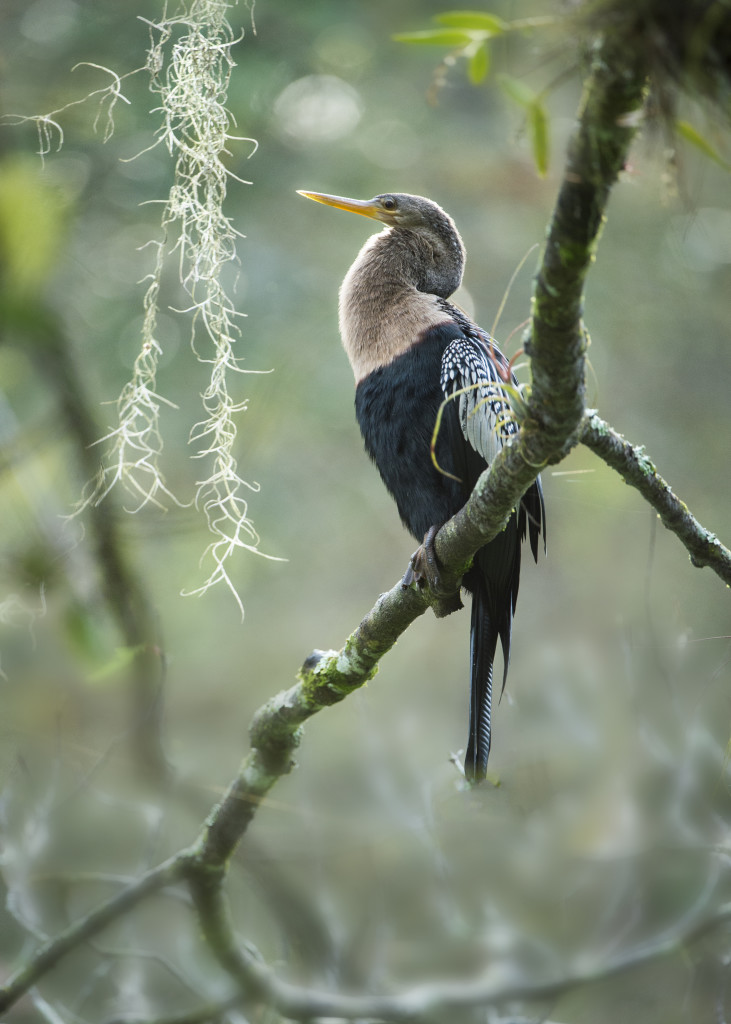 This month a serene swamp scene with the “Devil Bird.” No insult intended toward our fine feathered friend but that is what Anhinga means in the Brazilian Tupi Language — but I am sure that you knew that. The Anhinga is also known as the “Snake Bird” or the “Water Turkey.” What gives with all the nicknames? Well, each refers to different characteristics of this bird which is a type of darter. Darter? Sigh….so many things to learn in life. Darters are made up of 4 species of birds found in the Anhingidae family. The American darter, or Anhinga is found in the Western Hemisphere. The Oriental darter is found in Asia. You can guess where the African darter and Australian darter can be found, respectively. Zero points for creativity on the naming front.
This month a serene swamp scene with the “Devil Bird.” No insult intended toward our fine feathered friend but that is what Anhinga means in the Brazilian Tupi Language — but I am sure that you knew that. The Anhinga is also known as the “Snake Bird” or the “Water Turkey.” What gives with all the nicknames? Well, each refers to different characteristics of this bird which is a type of darter. Darter? Sigh….so many things to learn in life. Darters are made up of 4 species of birds found in the Anhingidae family. The American darter, or Anhinga is found in the Western Hemisphere. The Oriental darter is found in Asia. You can guess where the African darter and Australian darter can be found, respectively. Zero points for creativity on the naming front.
I photographed this Anhinga in Corkscrew Swamp in Florida. These birds prefer hot climates and their range includes the southern United States and extends south into Mexico, through Central America down to Argentina. (See a Range Map here)
So what gives with the Snake Bird reference? Anhingas are waterbirds that hunt for fish while swimming underwater or at the surface. They can dive quite deep as they have rather dense bones and their wings are not very waterproof so the soaked feathers help weigh the birds down reducing their buoyancy even more.
Like all darters, Anhingas use that sharp beak to spear fish. The devil bird is not a fast swimmer so its hunting style is more stalker than chaser. He mostly swims slowly underwater waiting for a fish to come near, then he impales the fish with a lightning-fast thrust of the beak. The neck is specially adapted for this kind of rapid thrust — the 8th and 9th cervical vertebrae create a hinge-like apparatus that allows for quick action. The bird usually stabs a fish through their sides with both mandibles open though he may just use the upper mandible for small fish. (Source)
That’s all very interesting, but I still haven’t explained the snake reference. OK, here is it. The Anhinga swims lower in the water than many birds due to its reduced buoyancy, a result of its dense bones and wetted plumage. When at the water’s surface, typically only the long neck and head are visible and the bird looks like a snake gliding across the water. Mystery solved.
Ok, and what about “Water Turkey?” Turns out that Anhingas lose heat quickly while in the water due to their lack of an insulating layer of body feathers. To deal with this they spend much of the day, like cormorants, perched on a snag with their wings spread and feathers fanned out to dry and raise their body temperature. Their wide, fanned-out tail reminds folks of another large, dark bird with a large tail — yep, da turkey.
Male Anhingas are glossy black and have silver patches on their wings. The female Anhinga looks similar though her head, neck, and upper chest tend to be pale gray or light brown. From this, we can see that we have a female snake bird in my swamp image. In the below image, we see a male Anhinga catching some rays.
There you have it, the American Darter, the shapeshifter of the swamp, aka, Anhinga, part turkey, part snake, and definitely the devil if you are a fish.
Until next month….m
Here is a good video on the Anhinga in action.
Nikon D4S, Nikon 200-400mm (@ 380mm), f/4, 1/400 s, -0.5 EV, ISO 1100,
31
Shot of the Month – January 2016
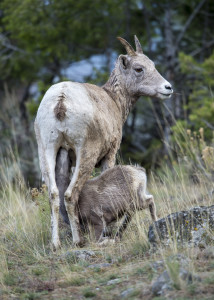 If you just look quickly at this shot you might think, “Huh, nice goat thing” and move along. But if you look a bit closer you will see that we have a lovely mountain maternal moment going on here. See the dining lamb? Lower…..bingo, there you go.
If you just look quickly at this shot you might think, “Huh, nice goat thing” and move along. But if you look a bit closer you will see that we have a lovely mountain maternal moment going on here. See the dining lamb? Lower…..bingo, there you go.
As it turns out, the goat is actually a sheep, a Bighorn sheep to be exact. I photographed this one in Yellowstone NP. The name is a bit of a misnomer for the ewe as you can see that her horns are not all that big. As it often goes with species naming, the glory goes to the Y chromosome holder. The Bighorn males get all of the attention due to their massive horns and tendency to want to smash them into another ram to prove who’s the biggest and baddest ram in town. The last sheep standing gets the right to date all the cute ewes in the hood. It’s a dramatic show to be sure, but that is a story for another day.
Bighorn sheep can be found in the mountainous regions of North America from southern Canada to Mexico. At the beginning of the 18th century, there were about 1.5 to 2 million bighorn sheep in North America. Then humans did what they do and by 1920 the sheep had been wiped out in Washington, Oregon, Texas, North Dakota, South Dakota, Nebraska, and part of Mexico. So, in about 120 years the number of Bighorn Sheep dropped from a couple of million to a few thousand. There are about 70,000 sheep left on the continent now and about 400 Bighorn sheep remaining in Yellowstone NP. Sigh. (Source)
The map below shows the historical range of the sheep and their current locations.
The sheep were saved from extinction, in part, thanks to the efforts of the Arizona Boy Scouts. Major Frederick Russell Burnham, a famous conservationist and renowned “Father of Scouting” noticed that less than 150 sheep were remaining in Arizona in 1936 (I never heard of the guy but he had an amazing life. Learn more about him here). He called George Miller, the head of the scout movement in Arizona at the time, and told him that he wanted the scouts to save the sheep. What Fred wants, Fred gets — The scouts started a “Save the bighorns” poster campaign in schools across the state and other conservation groups joined the effort (i.e. The National Wildlife Federation, the Izaak Walton Foundation, and the National Audubon Society). These efforts led to the creation of two protected parks in Arizona and conservation efforts in other states began to improve the situation for the sheep. (Source)
Bighorn sheep are well adapted to life in the mountains and they can traverse ledges that are only 2 inches wide. Bighorn sheep are related to goats (you can certainly see the resemblance in my photo) and their split hooves make them quite sure-footed. The outer hooves are modified toenails that are shaped to snag any slight protrusion, while soft inner pads provide a good grip on uneven surfaces. In the winter the sheep descend to lower-elevation mountain pastures to find food and avoid the deep snow found higher up. During the summer the sheep will return to higher elevations to avoid the heat and predators typically found in the valleys (wolves, cougars, coyotes, bears, etc., oh my)
We almost pushed Bighorn Sheep off the evolutionary cliff but they have made a bit of a comeback thanks to recent conservation efforts. However, given the rising pressure from human encroachment, climate change, and poachers the future for these alpine sheep is still a cliff-hanger at best.
Until next month…..m
Nikon D4S, Nikon 600mm, f/5.6, 1/250 s, ISO 800
09
A couple of days ago I posted 10 of my favorite images from 2015. There were all color photos. Here is a sample of 10 of my favorite black and white images from 2015. Is that cheating?
This actually is a color photo that lacks color. This image was shot on a foggy, early morning pond looking into the sun. I love the back-lit water splash.
Another early morning shot. There was not much color to be seen at this hour and converting to B&W set a great mood.
I shot this photo with a point-and-shoot camera. I love the multi-layered, diagonal transition from pure white in the upper left corner to pure black in the lower right corner.
Harsh light when I shoot this image. But in B&W the image suddenly seems to become a timeless ode to familial love. (Its more an ode to hungry teenager, but let’s not ruin the moment…)
I like how this young moose really seems to pop in 3D with the different focal planes of the shot.
These birds were harshly back-lit and I almost didn’t take the shot. But then I realized what a great silhouette it would make. Glad I saw the light before it was too late….so to speak.
Another pair of courting waxwings. I shot this image while lying on the ground and supporting my 600 mm lens on my raised knees. I had to shoot through many layers of leaves and branches. I love the resulting effect. Stealing a secret moment among the trees…
Really harsh mid-day light. Converting to B&W really brings out the menace in this alligator.
I like the mixture of different hues and textures. A lovely dreamscape…
I like how the bird really pops against the background.
Bonus Images for making it to the end:
More loon love.
I love the color version of this image. I converted it to B&W on a whim and to my surprise I like this version very much also. The sky and ocean merge into one as the lighthouse beacons at the edge of the world.
03
It seems all the vogue with nature photographers these days to post their best shots from the previous year. I figured I would give it a go. Well, these are not all of my best shots but each is special to me for a range of reasons. I will provide a quick explanation for each image and why I chose it.
The images are not in order by preference. Please click on an image to see it larger (It is the best way to view them… :-))
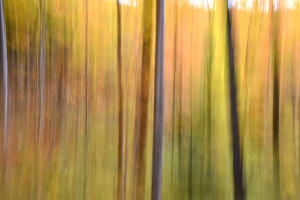 #1 Fall Abstract
#1 Fall Abstract
Despite living in Vermont for the last 5 years I haven’t had much luck in getting good fall foliage shots. This year I had some great luck but I am most pleased with a series of shots where I experimented with a new technique (for me) that produced some nice abstract shots – to me they seem to really capture the explosion of color that happens here during this magical time in the Northeast.
I don’t shoot landscapes very often so my skills are pretty basic. This year I managed to spend only one full day in Acadia National Park but still managed to get this respectable shot. In this image I experimented with an HDR technique (I will explain this in a later post) that allowed me to capture the full dynamic range of the image. Another experiment that went surprisingly well!
2015 was the year of the Loon for me. After 4 years of trying I finally managed to get some very nice images of loon chicks riding on the adult’s back. The series of shots I got this year is definitely my best accomplishment of the year. (I still need to get these images on my website…)
I have never had much opportunity to photograph osprey diving for fish. This year I found an osprey family that lived near a fish hatchery and I was rewarded with a few new images to add to my portfolio.
I had never seen this stunning bird until we moved to Vermont. I also never had much luck in getting an image that came close to conveying how beautiful these birds are. This year my luck improved.
This year I finally got my first decent image of a calf moose with mom.
My final 4 shots are from a trip to Florida that I took in December. (I just got back a few days ago)
I was able to capture a nice collection of behavior shots of Blue Herons at a rookery in Venice, Florida. This couple displayed a fascinating range of courting rituals. Here we can see the male giving a stick as a gift to his partner. She will then add it to the nest that they were building for their new family.
#8 Roseate Spoonbill
I love this shot of a Roseate Spoonbill in flight.
I have always admired images like this where the background is all blacked out. I was able to experiment with this technique on the recent trip and I was pleased with a few of the images.
This lighting on this pelican is exquisite! The colors blow me away. Love it!
Bonus item for those making it to the end of this post:
#11 Moose Trip Video
This year I made my first video…not professional by any means but I think it does a good job of giving a sense of what it was like trying to photograph moose in Maine from a canoe.
Have a great 2016!
31
Shot of the Month – December 2015
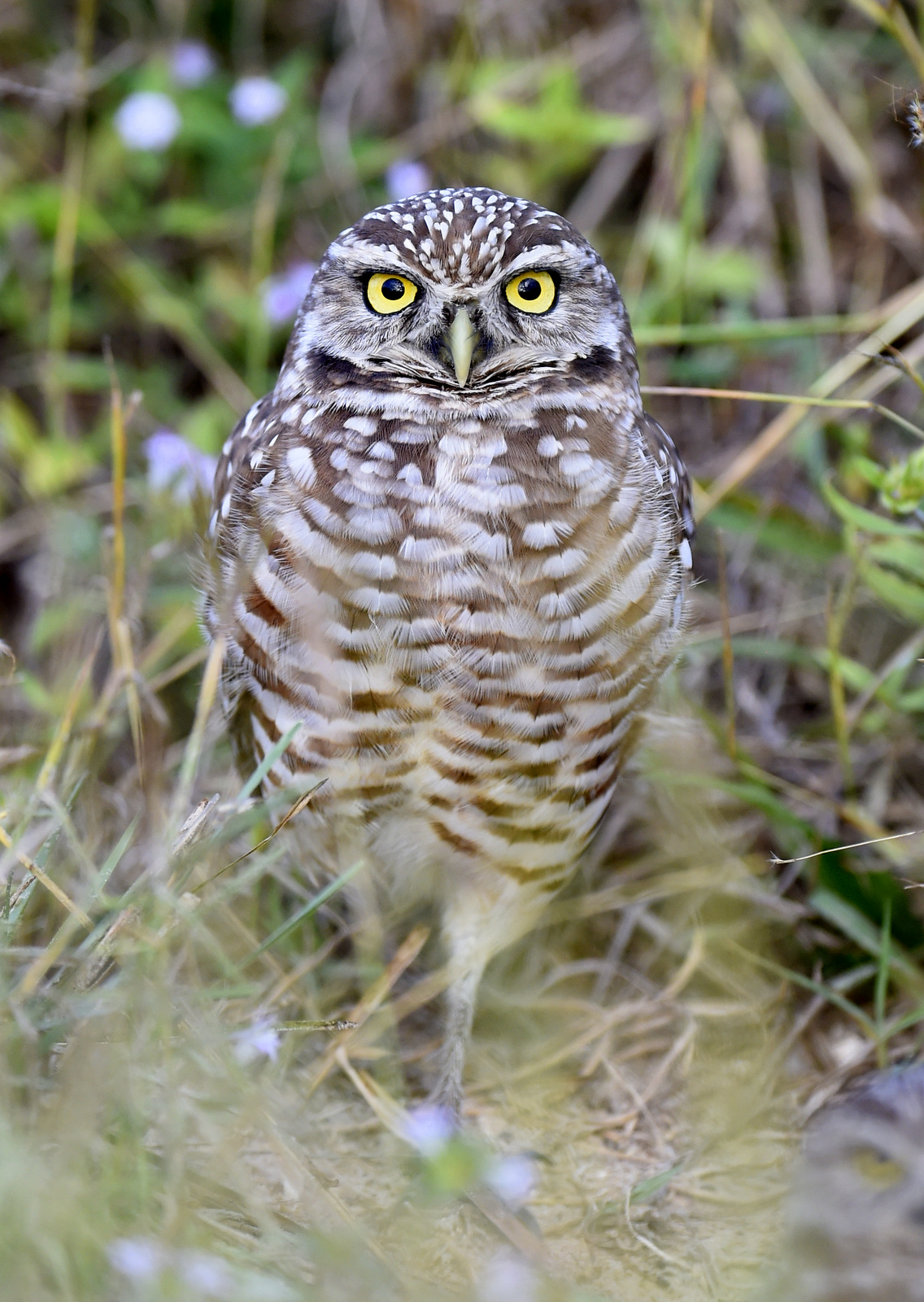 Ok, their official name is Burrowing Owl (BO) but my title better captures how most people react to this pint-size beauty. I posted this image on my Facebook Photopage and the reaction was off the charts even though the photo is really just so-so in my opinion. That damn grass in the foreground!
Ok, their official name is Burrowing Owl (BO) but my title better captures how most people react to this pint-size beauty. I posted this image on my Facebook Photopage and the reaction was off the charts even though the photo is really just so-so in my opinion. That damn grass in the foreground!
Here we have a static bird staring at the lens in “just ok” light — but here is an example where excessive cuteness (owfully cute?) wins out over composition. And those EYES…I could get lost in there for days…..swoon…
While most birds spend most of their time in the trees, these owls, as you may have gleaned from their name, actually spend the majority of their time on the ground and live underground in, yep you guessed it, burrows.
In the US, Florida is the only east coast location to see a Burrowing Owl. Otherwise, head west or south, and depending on the time of year, you can find them in Canada down through Mexico into Central America. Some species can also be found on various Caribbean Islands and others in parts of South America.
Historically BO’s prefer open prairies and cleared areas with short grass. In modern times they can be also found in pastures, farm fields, golf courses, airports, and vacant lots in residential areas. I actually photographed this fella in an empty lot in the suburbs of Cape Coral, Florida.
Florida BOs usually dig their own burrows, but those in the western part of the US typically use old burrows left by prairie dogs, ground squirrels, kangaroo rats, armadillos, or other animals. Burrows excavated by the owls may be up to 6-10′ long, with a nest chamber at the end.
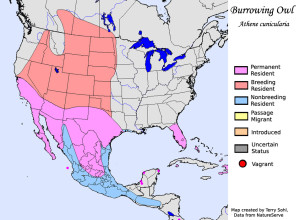
Burrowing Owl Range (Source)
Burrowing Owls are some of the smallest owls in North America. These guys stand about 7-11 inches tall and weigh about 4-8 ounces. To give you a sense of scale, the BO is slightly larger than an American Robin!
Despite their small size these guys seem to have a Big sense of humor — did you notice the bird in the lower right corner of the picture?
Boom! Photobombed, baby!
Until next month….michael
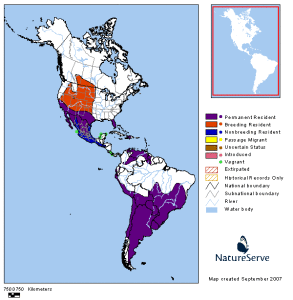
Extended Range of Burrowing Owl (Source)
Nikon D4S, 600mm, f/4, 1/1000 sec, 1400 ISO, +1 EV
30
Shot of the Month – November 2015
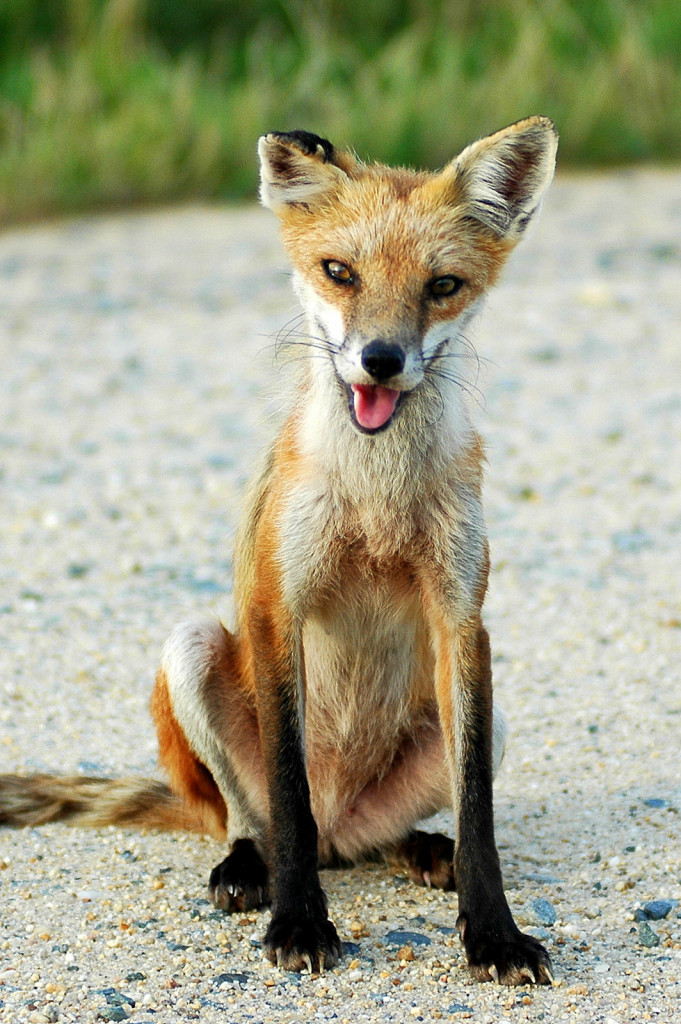 Could this be a wanted poster for one of nature’s craftier criminals? Or just a cute poster of a cuddly critter?
Could this be a wanted poster for one of nature’s craftier criminals? Or just a cute poster of a cuddly critter?
Just like a canine Jesse James, there is no shortage of tall tales that cast the fox’s character across the spectrum from saint to sinner and everything in between.
Regardless of your particular point of view, there is no disputing that humans are fascinated by this little fellow and use him as a foil for human fortitude and frailty alike.
Foxes got their first documented curtain call in 4 BC in Aesop’s fables in The Fox and the Grapes. Greek mythology engaged the Teumessian fox to devour children, and foxes appear in Celtic mythology as shapeshifters.
In Chinese, Japanese, and Korean (Kumiho) folklore foxes are powerful spirits that are known for their highly mischievous and cunning nature, often taking the form of female humans to seduce men.
In Arab folklore, the fox is weak and deceitful. In the Bible, the word “fox” is applied to false prophets (Ezekiel 13:4) and the hypocrisy of Herod Antipas (Luke 13:32). Foxes are very popular in Native American mythology and can be found in Achomawi, Yurok tribe, Inuit, and Menominee folk stories (But, you knew that…)
Our lexicon is riddled with foxy lingo.
- “fox/foxxy” = slang for someone with sex appeal
- “outfox” = means to beat in a competition of wits
- “vixen” = a female fox is called a vixen, it is also used to describe an attractive woman, though implies some questionable character traits…
- “shenanigan” = (as in deceitful confidence trick, or mischief) is derived from the Irish expression sionnachuighim, meaning “I play the fox”
In World War II, Erwin Rommel, the German commander in North Africa, was called the “Desert Fox” by his British adversaries, as a tribute to his operational cunning and skill.
I could go on and on. Foxes can be found on every continent except Antarctica and basically, just about every culture has assigned the fox archetype traits or powers. Foxes can be found in plays, novels, children’s books, TV shows, video games, movies, anime, music (Foxy Lady), opera, and well, just about everywhere. Go here to see an amazingly long and comprehensive list of all the cultural references through the ages.
Ahh, the crafty fox, the Dr. Who of the natural world….he is the lingua franca across countries, culture, time and space. And very cute.
Nikon D70, Nikkor 80-200 f/2.8 (@ 80mm), 1/1000s, ISO 200

